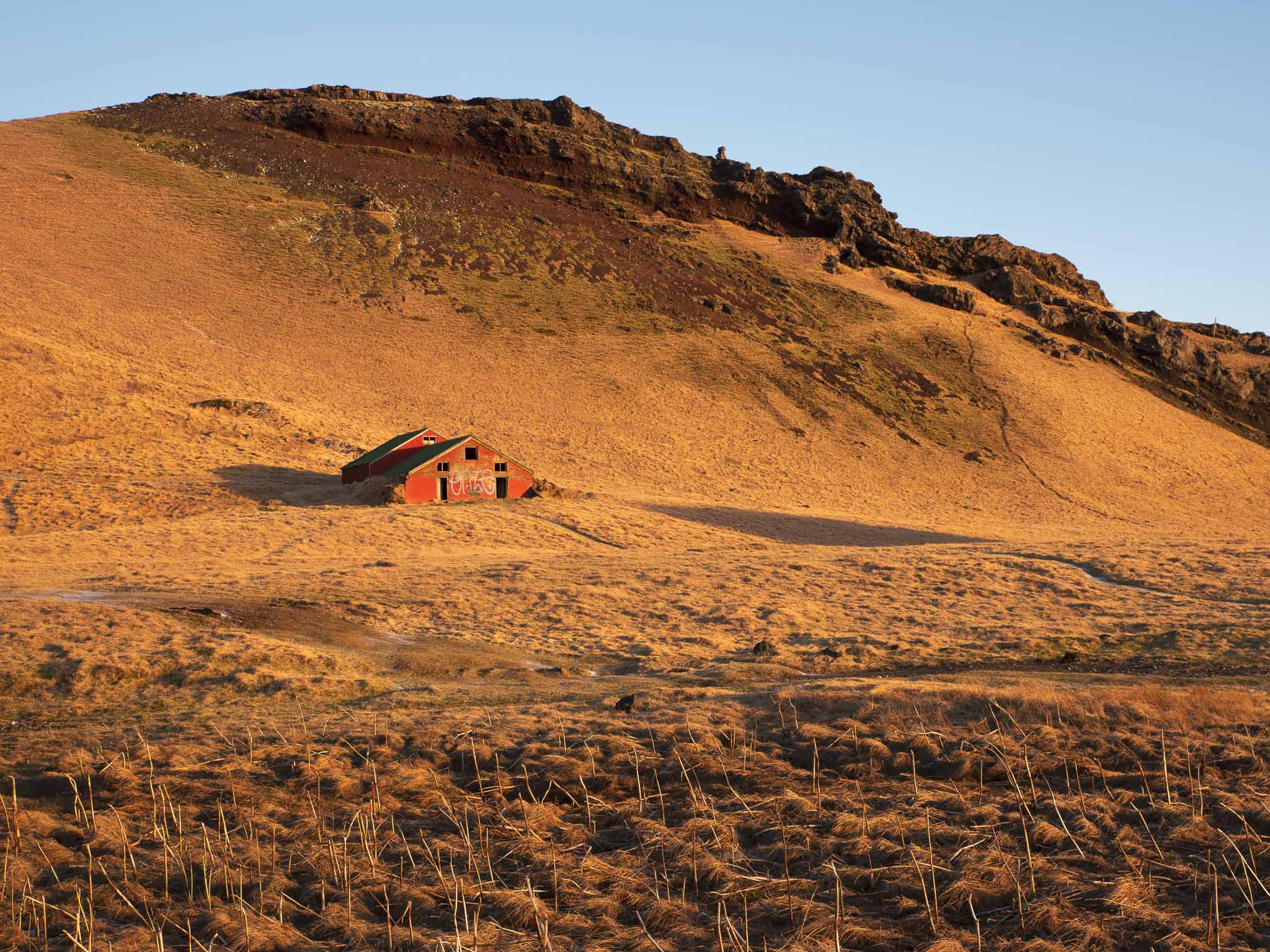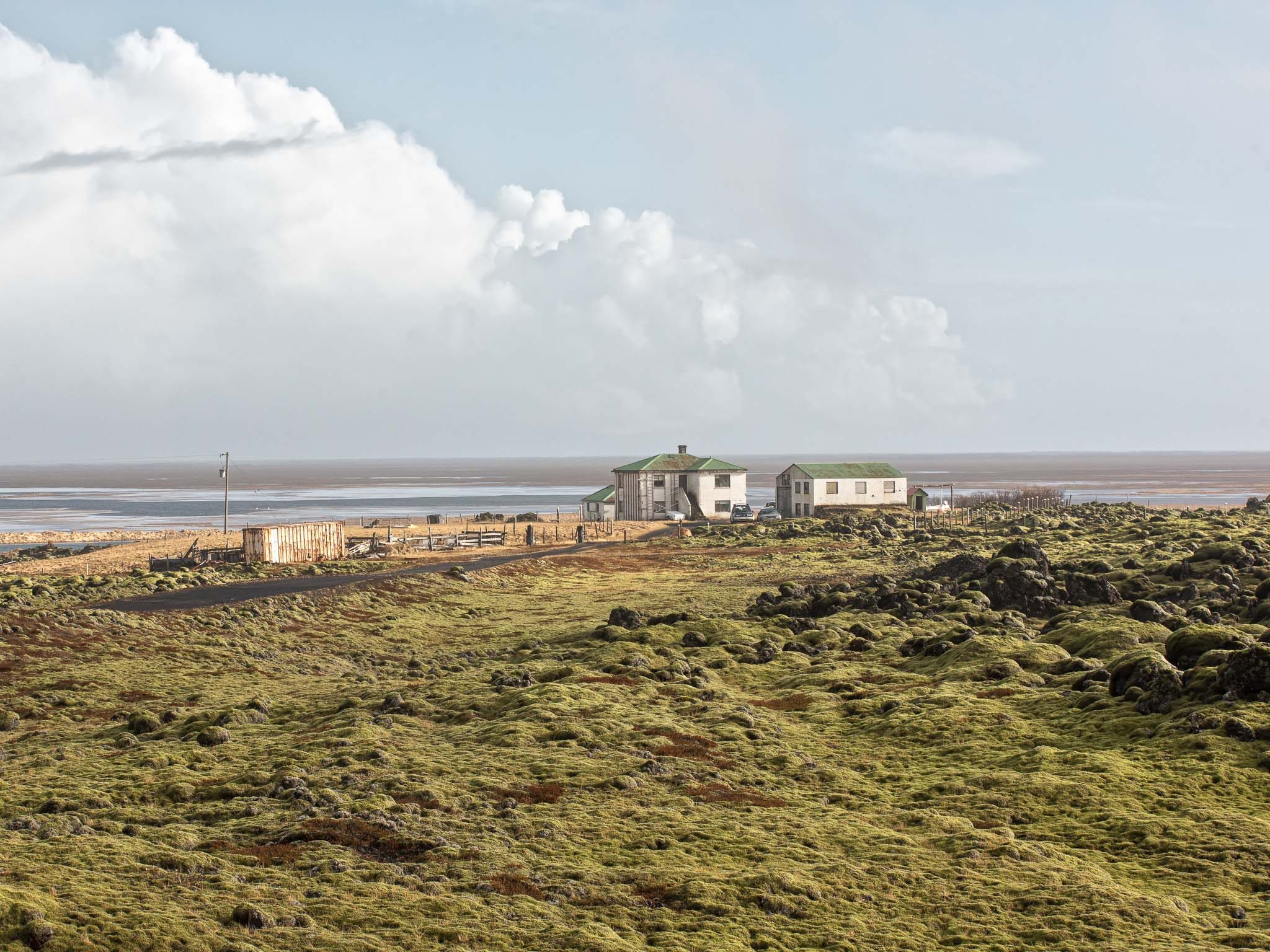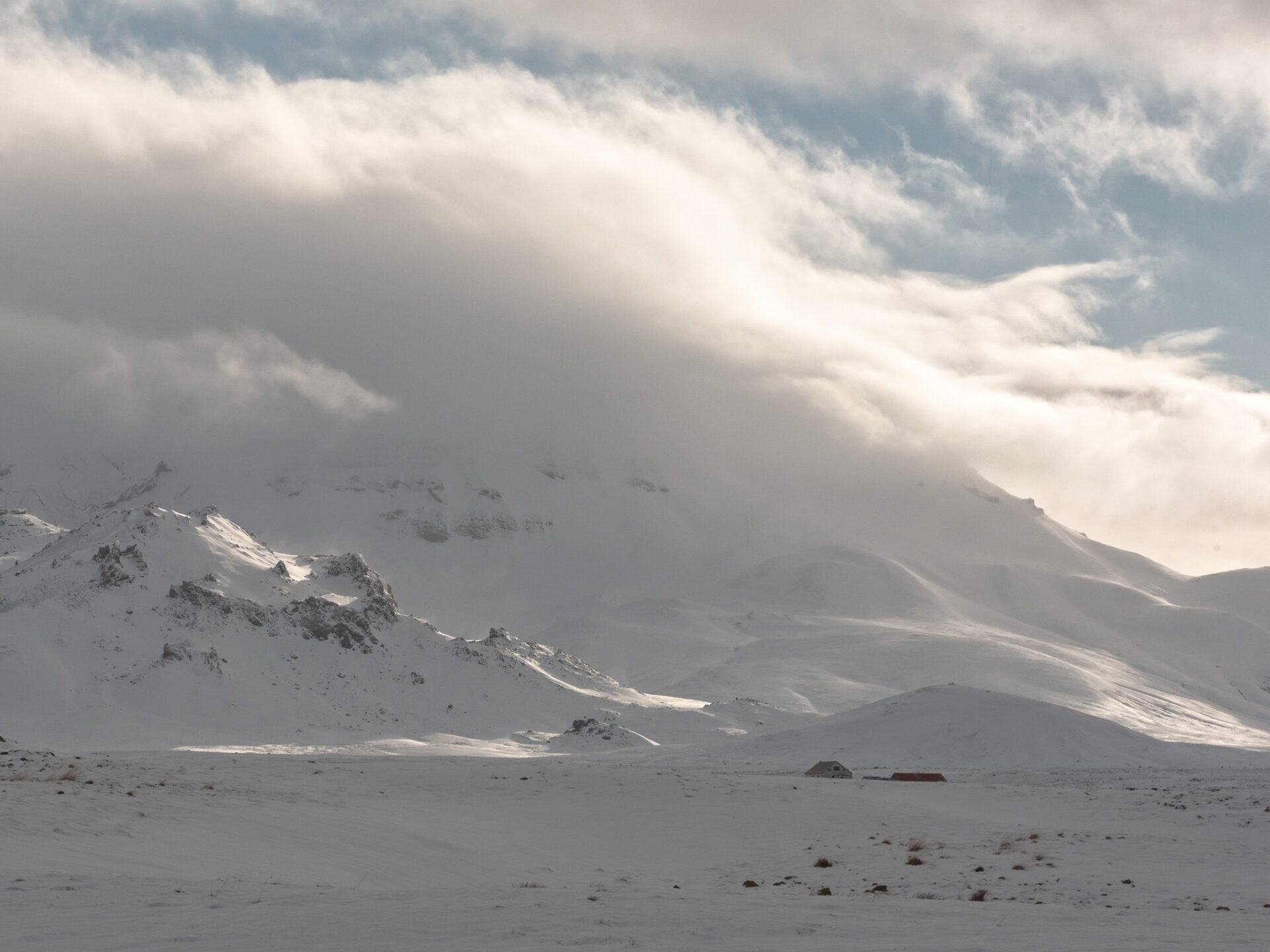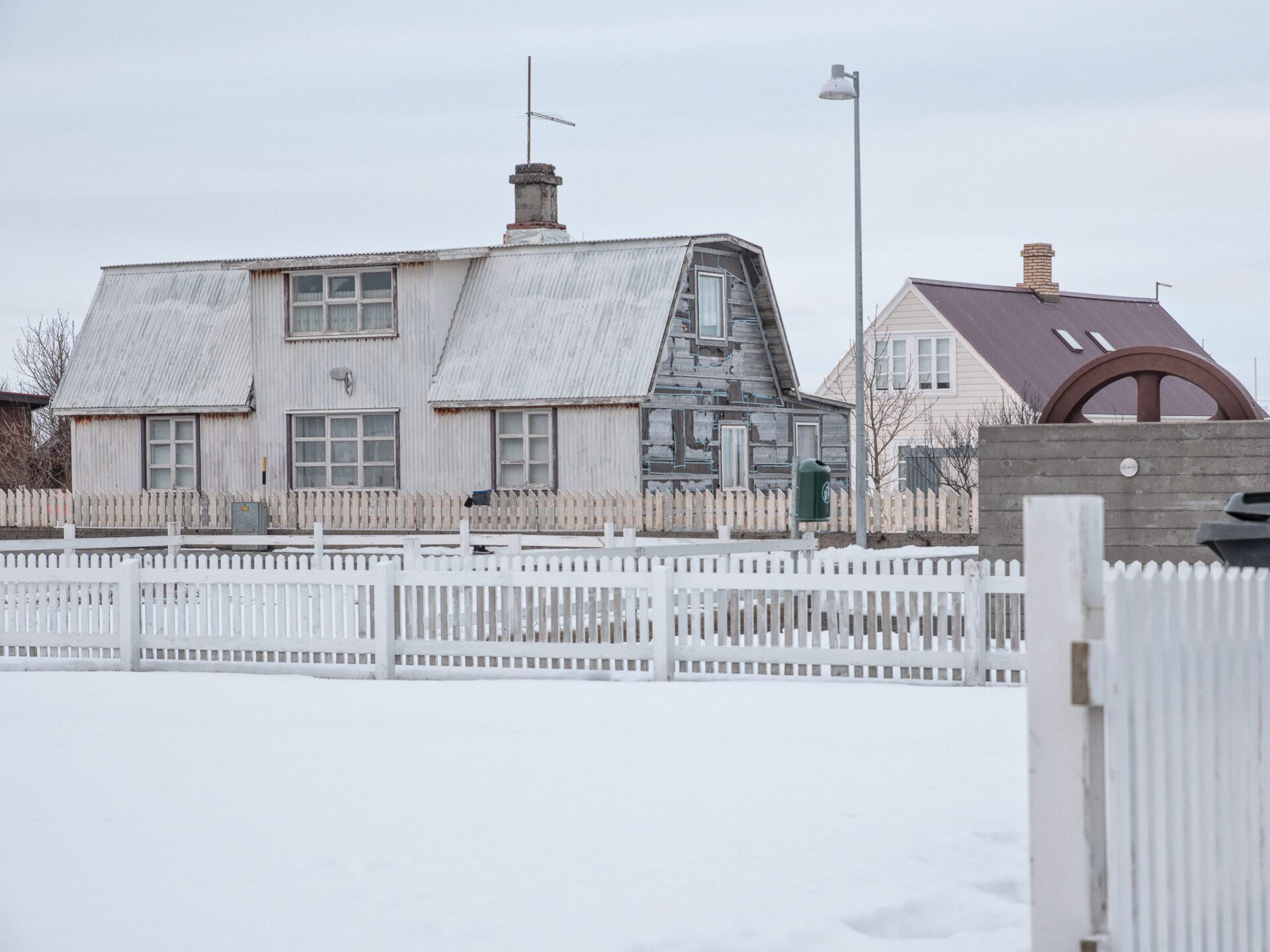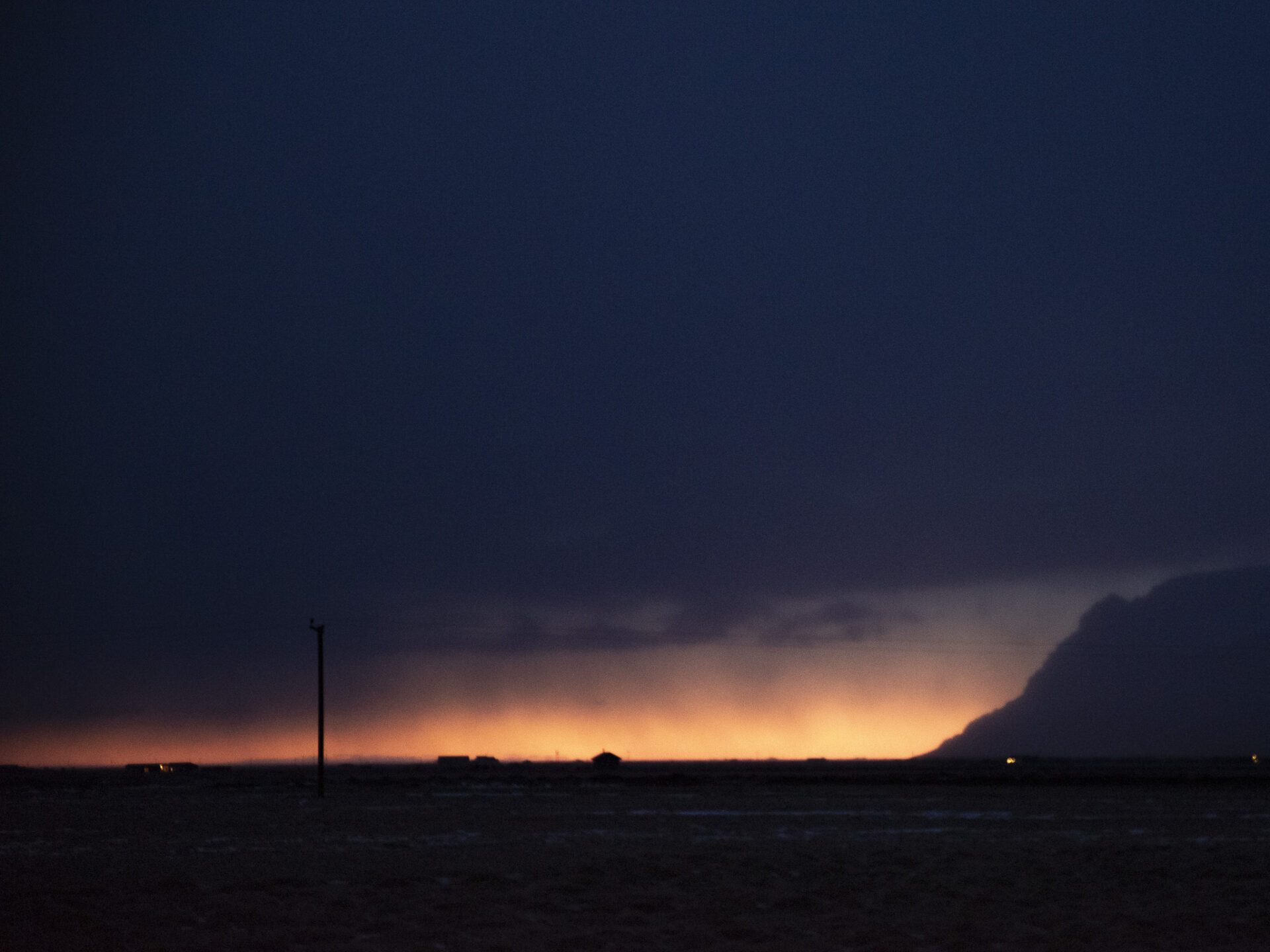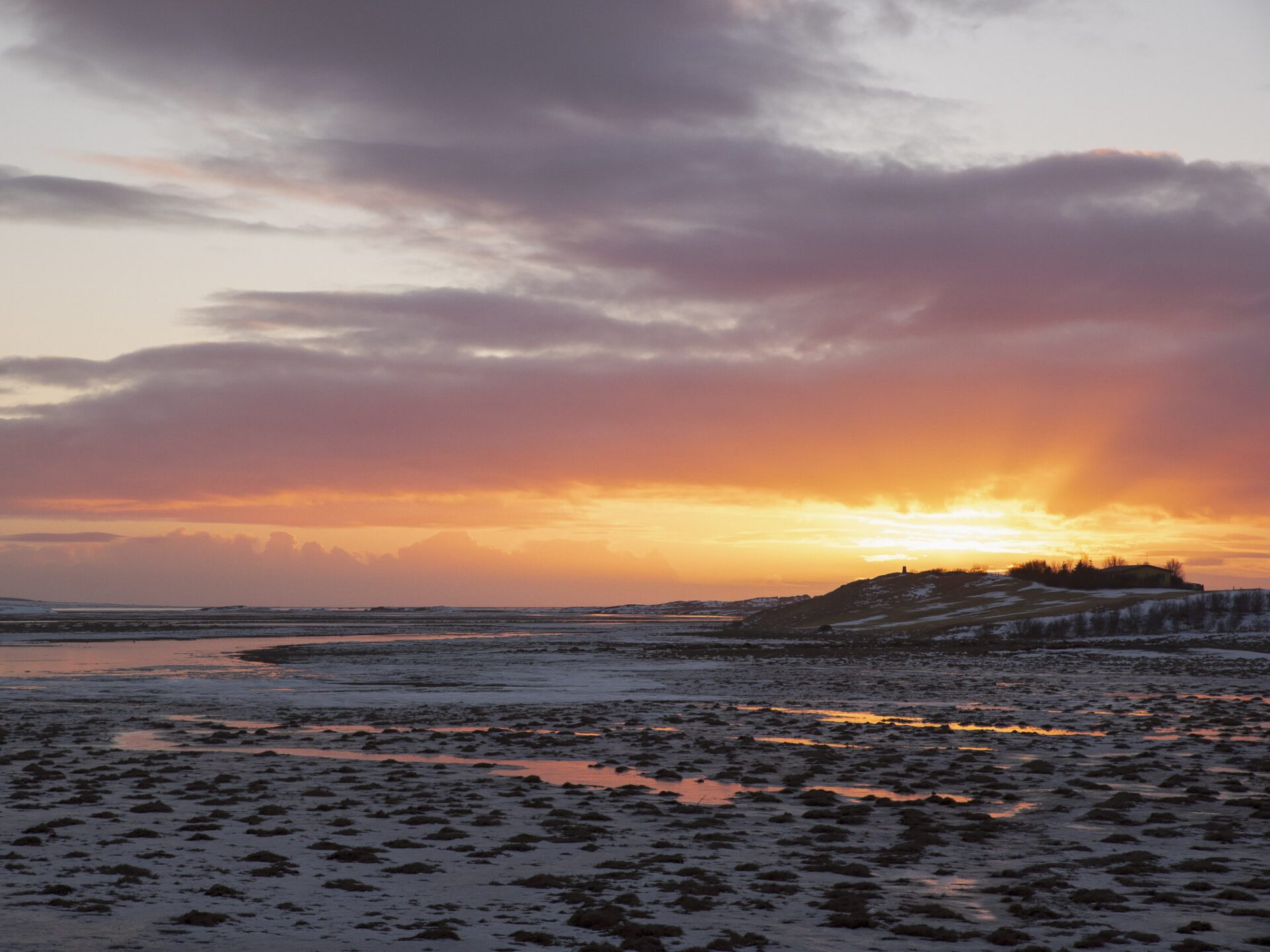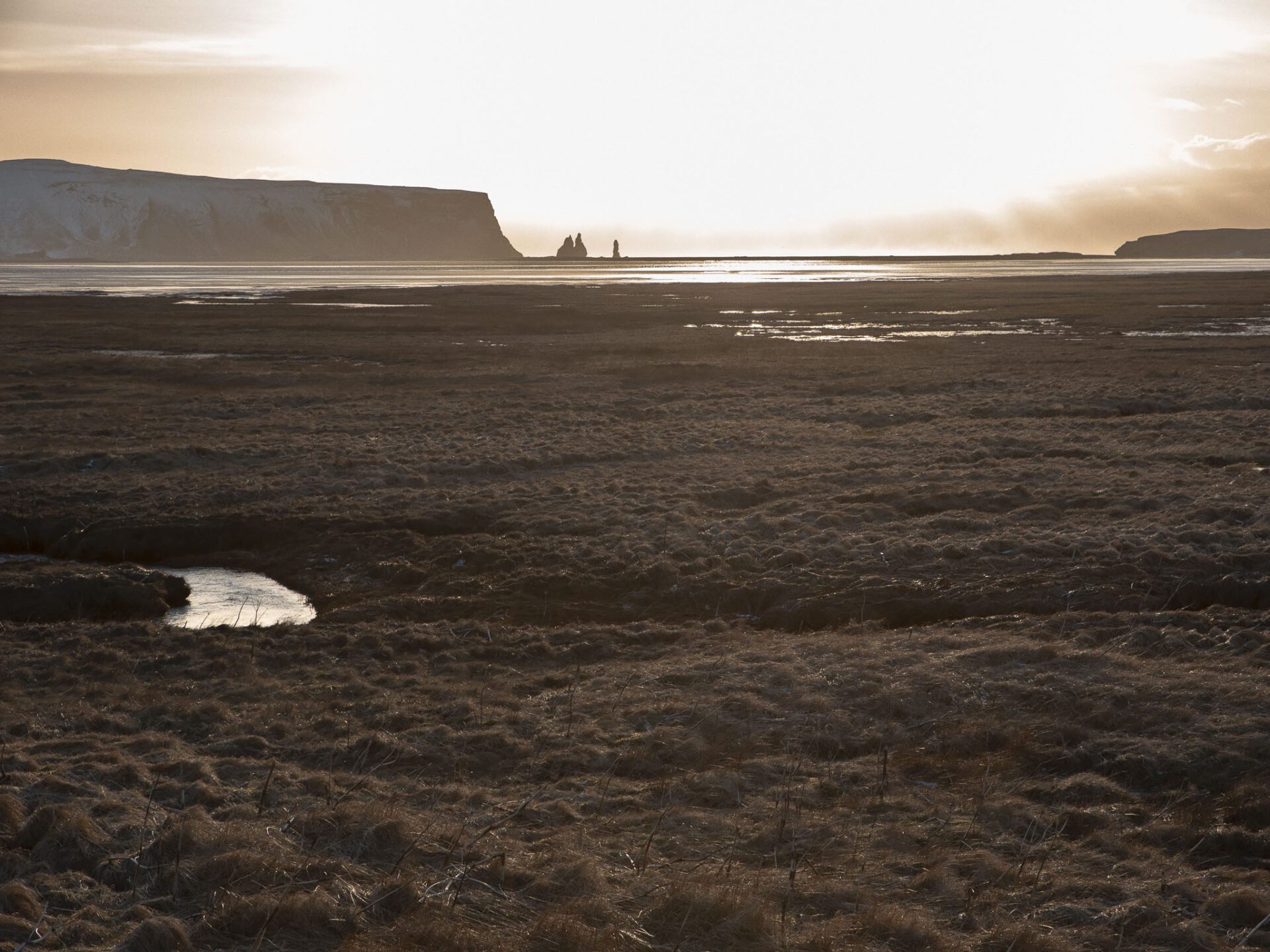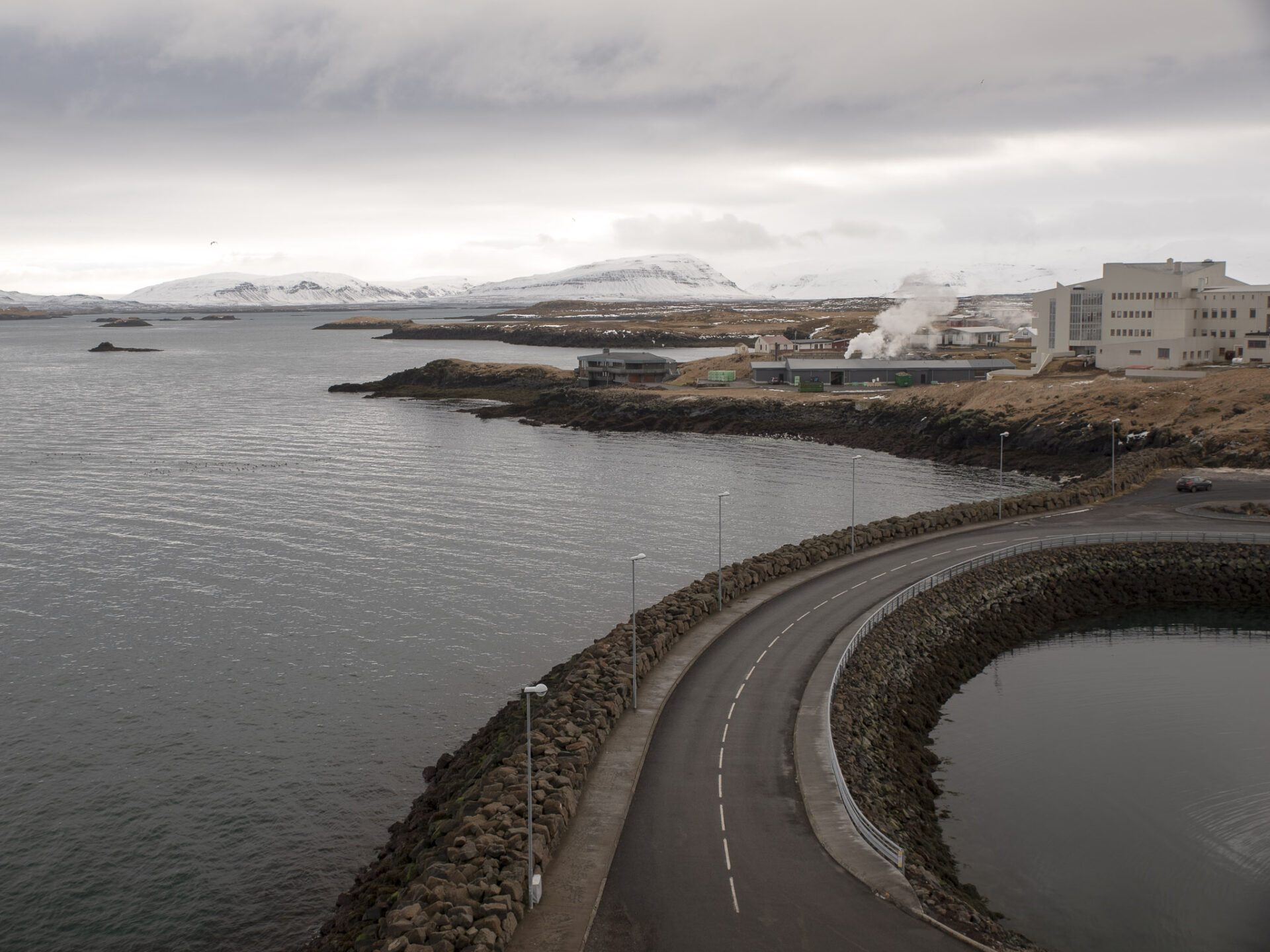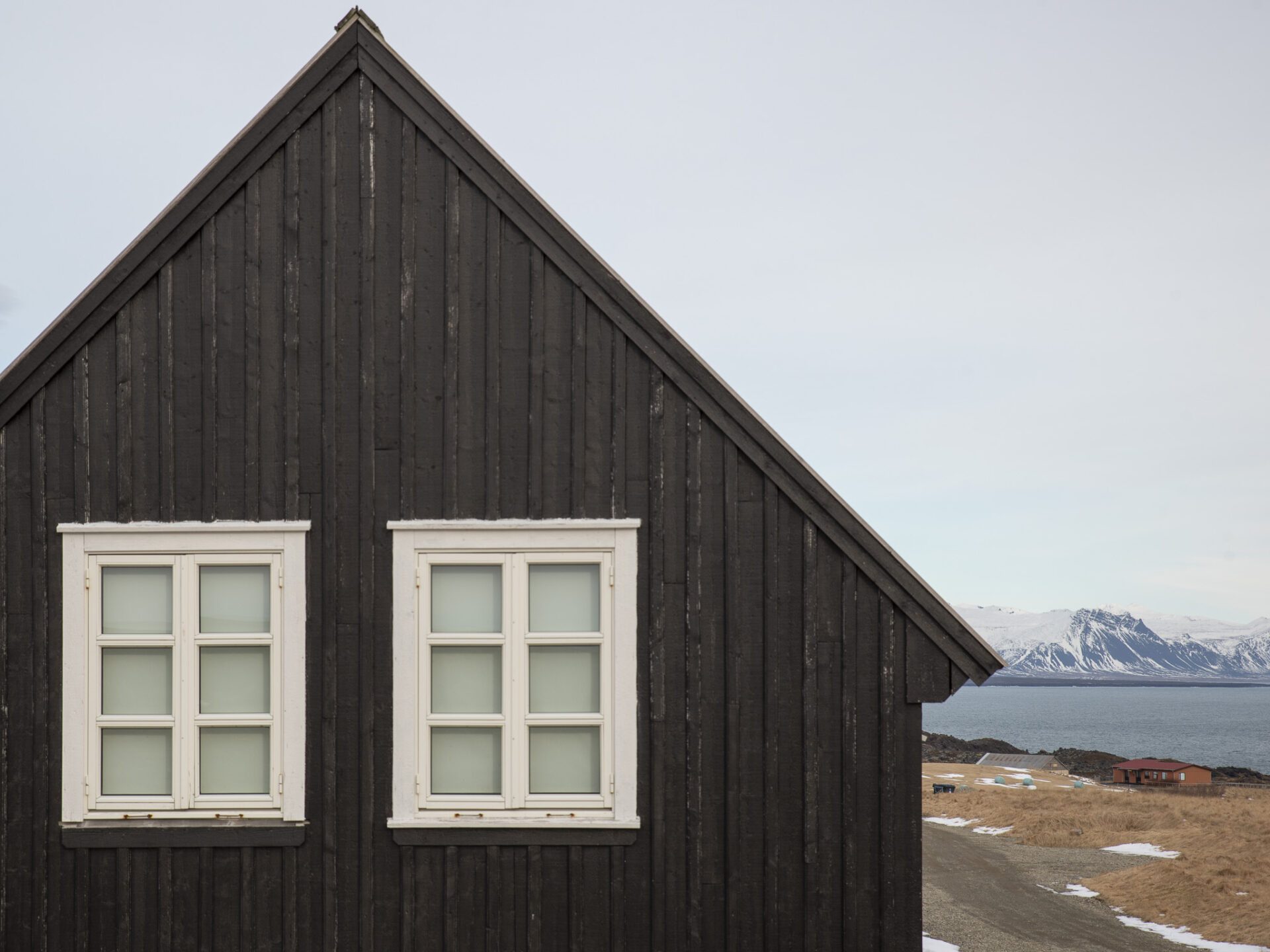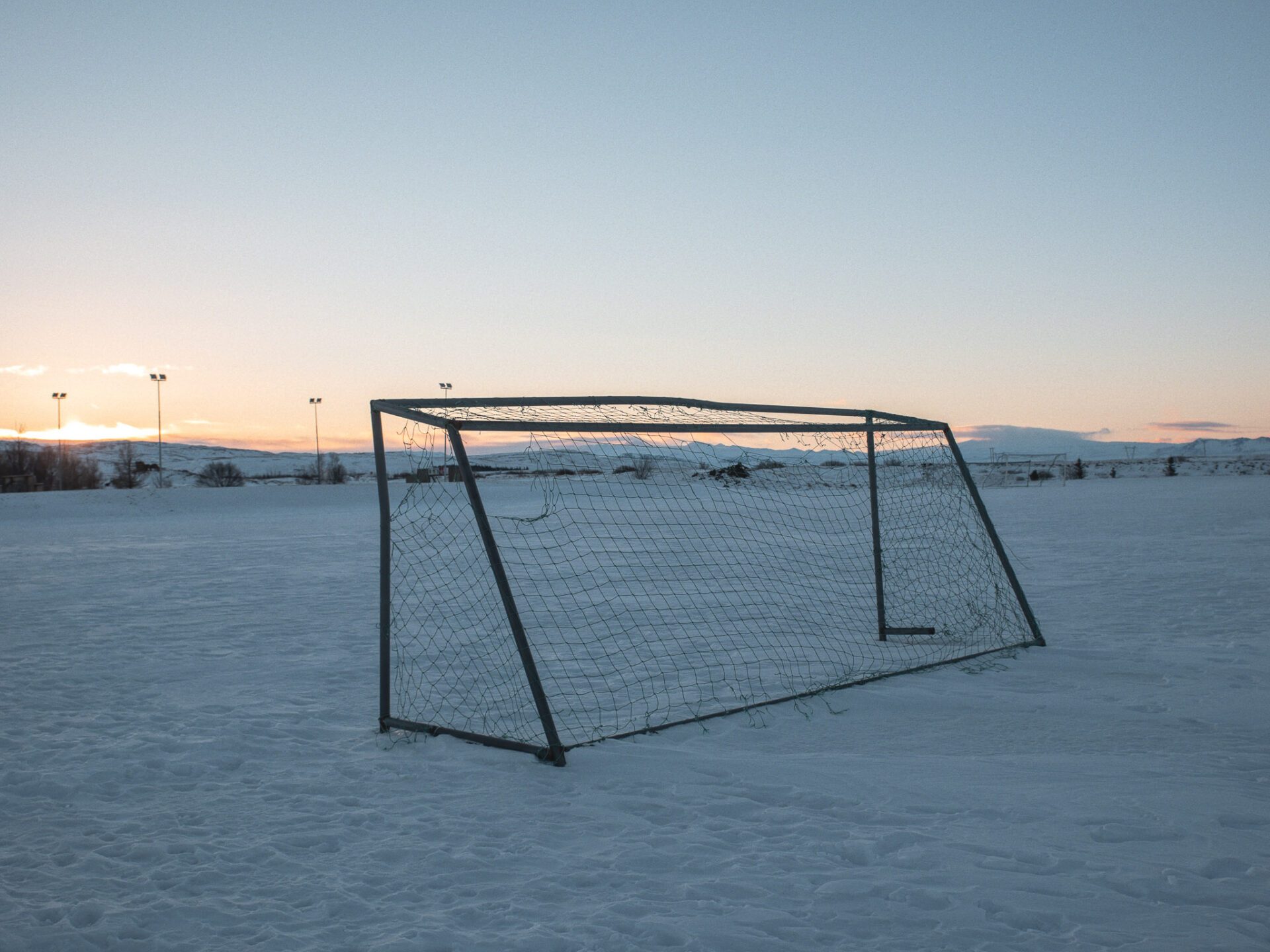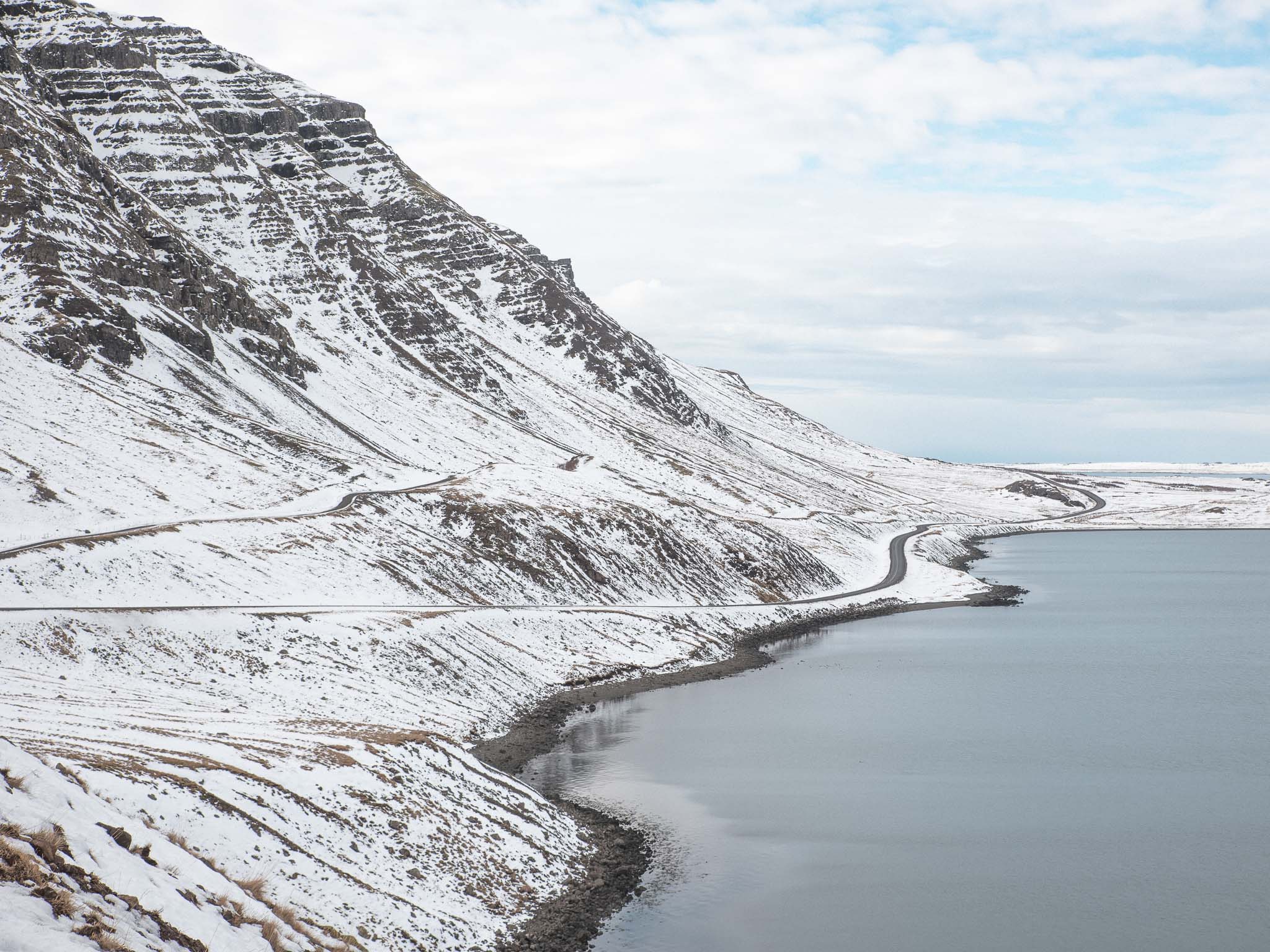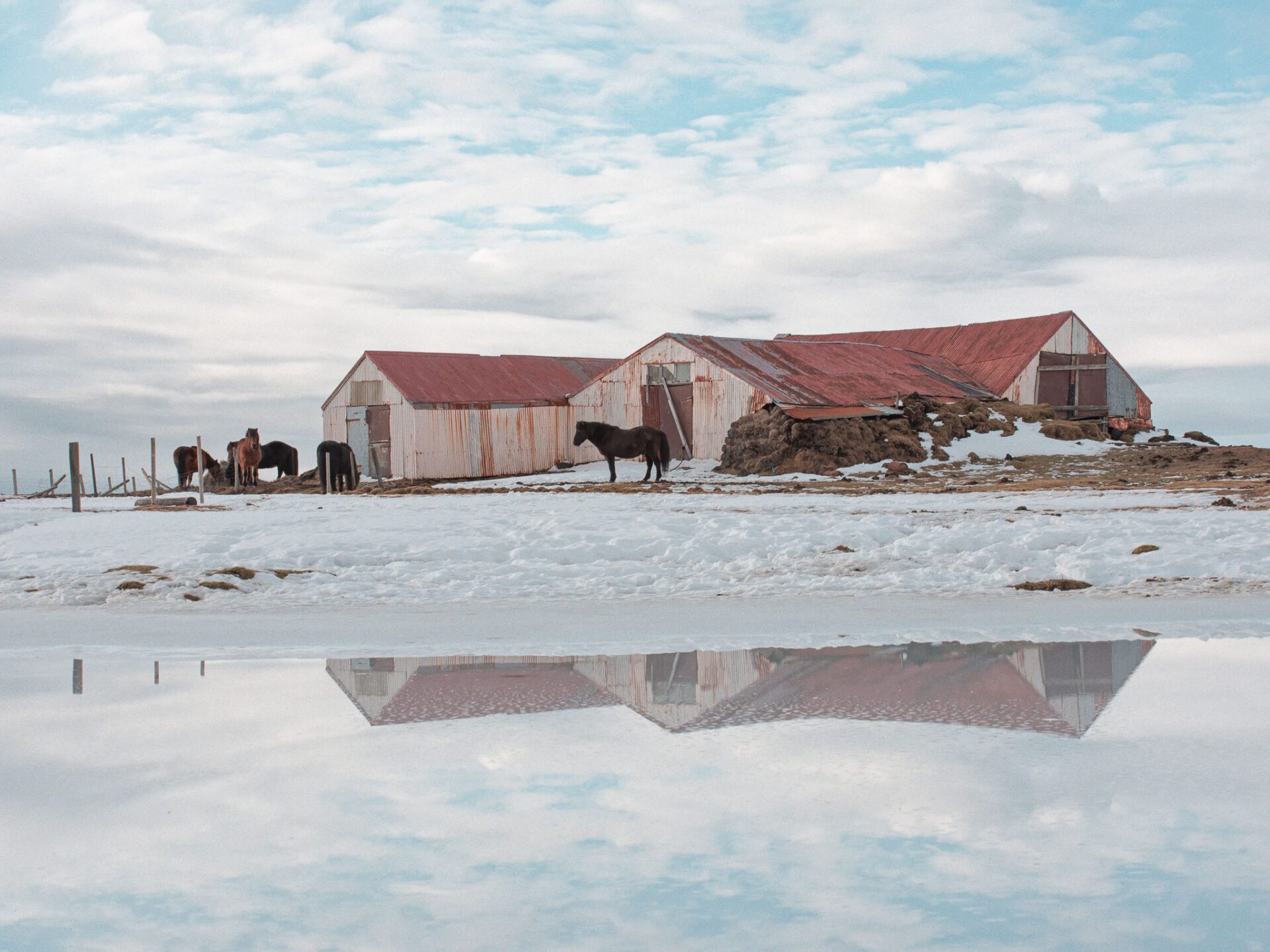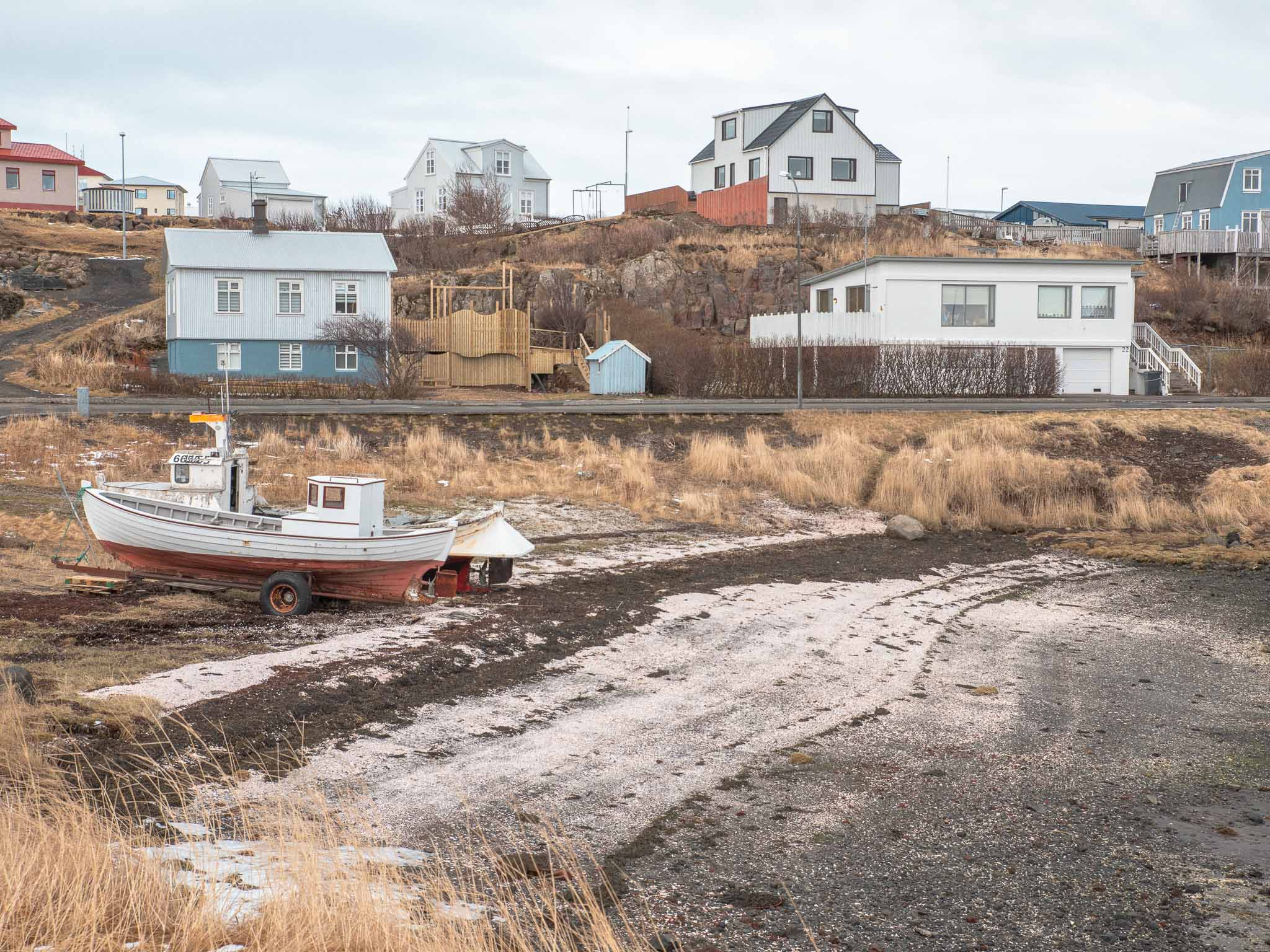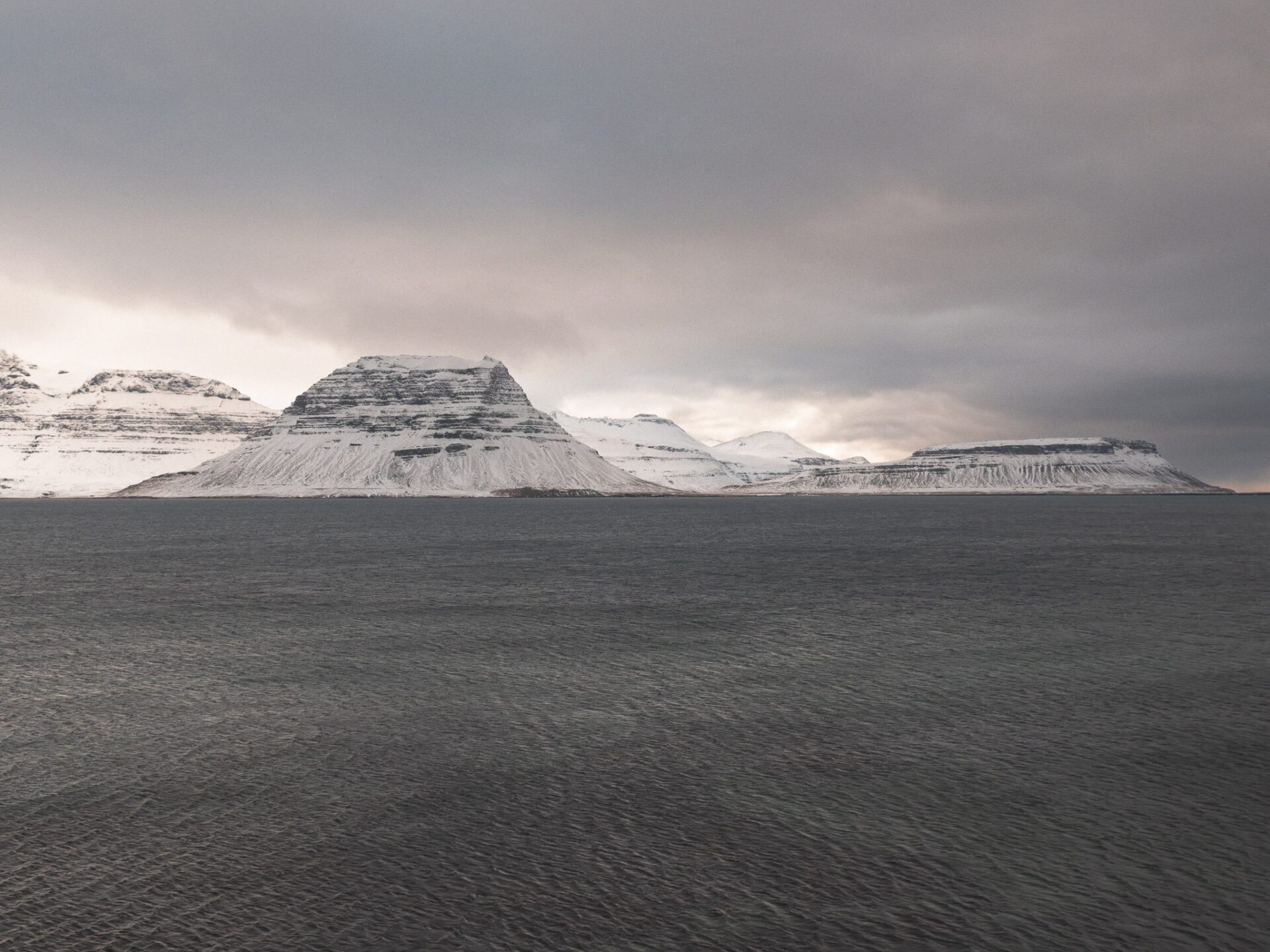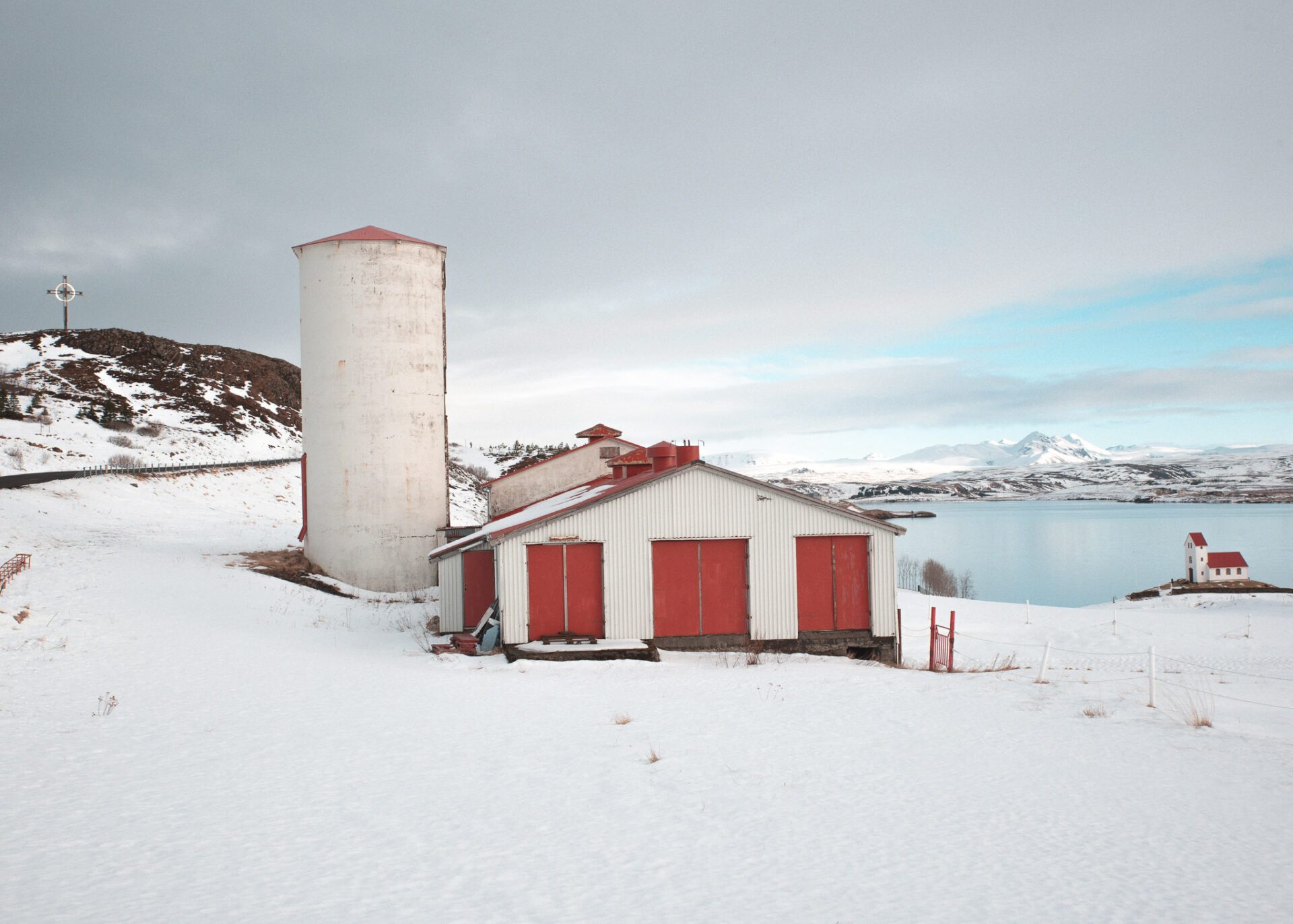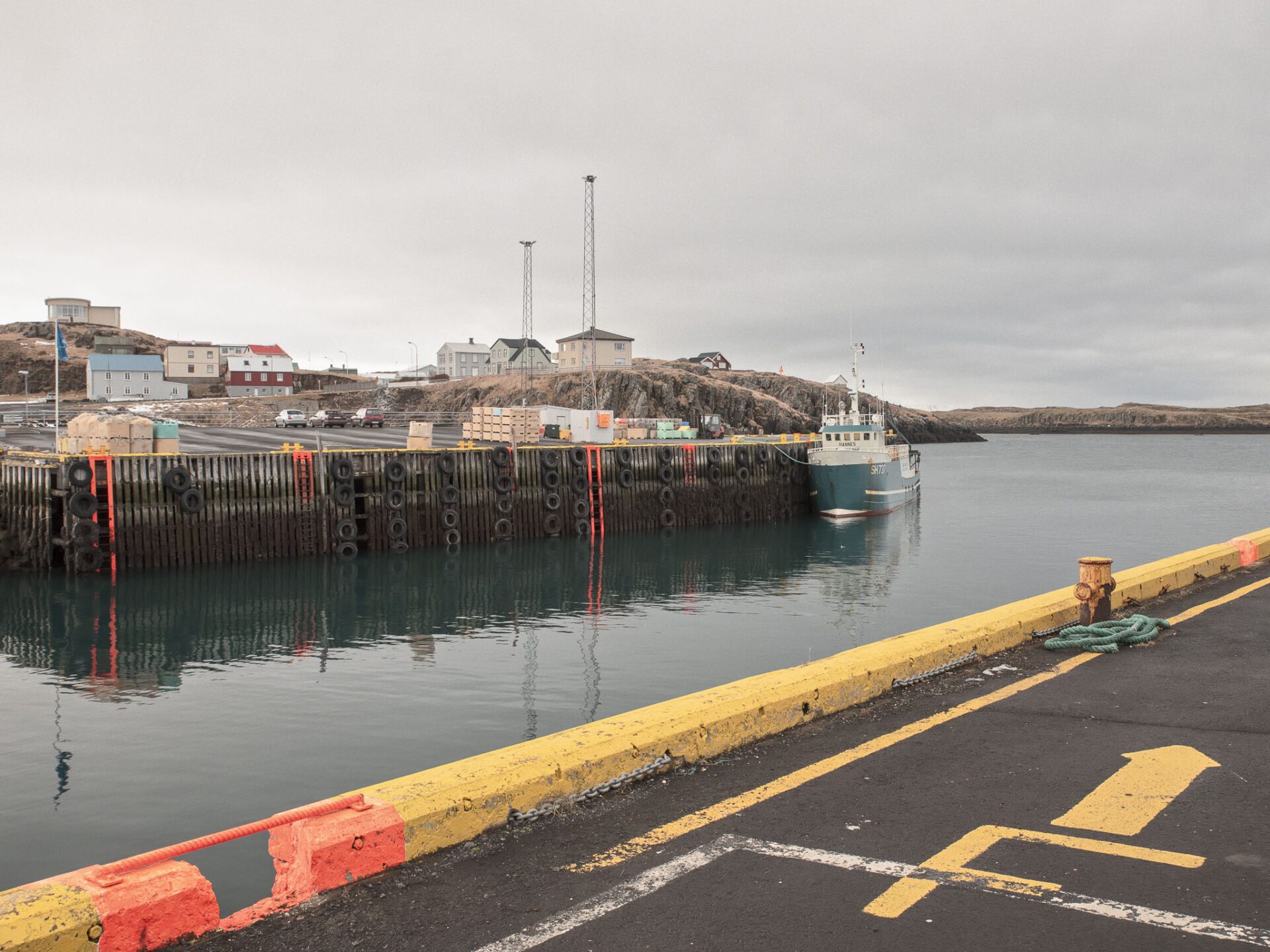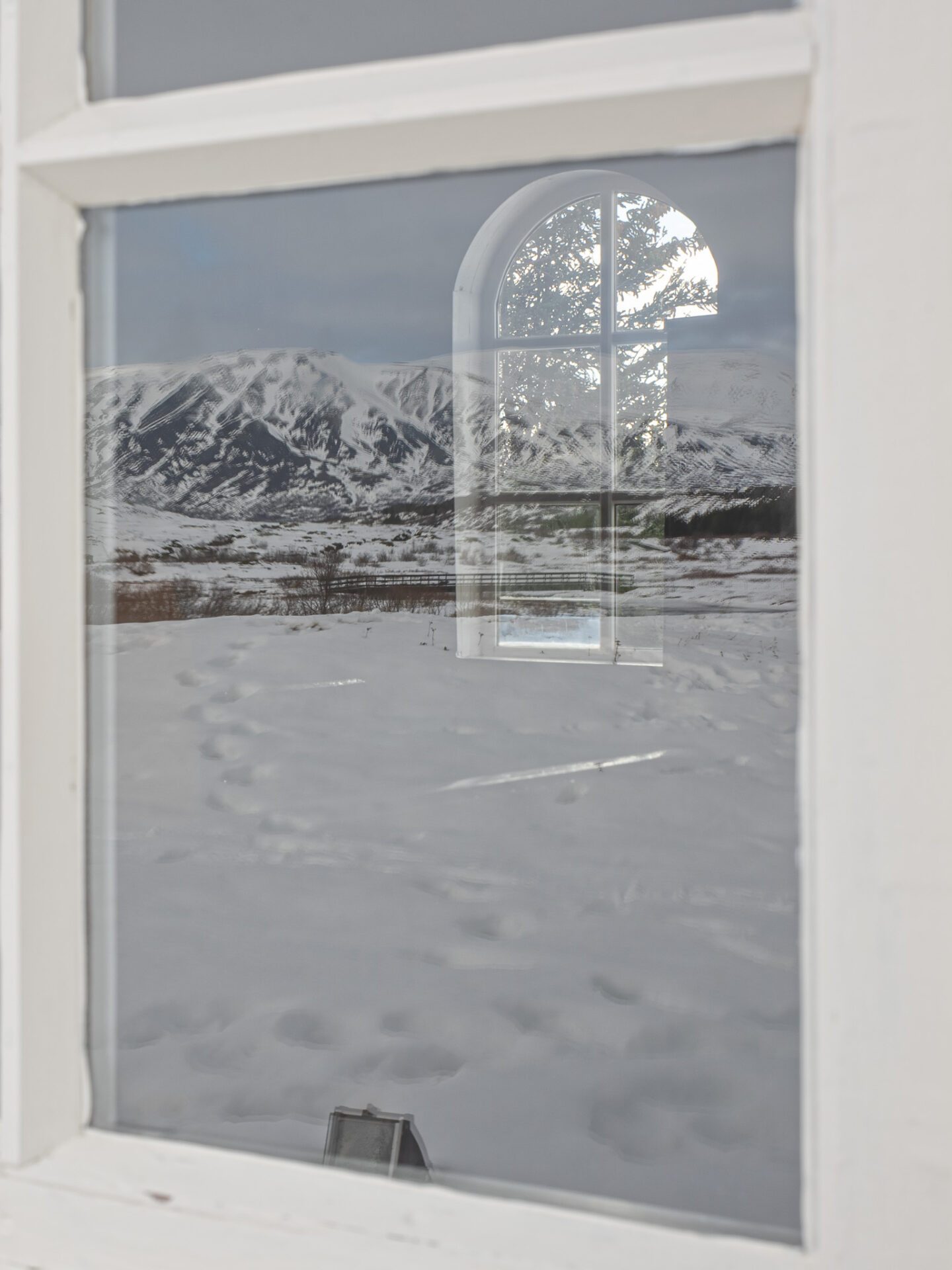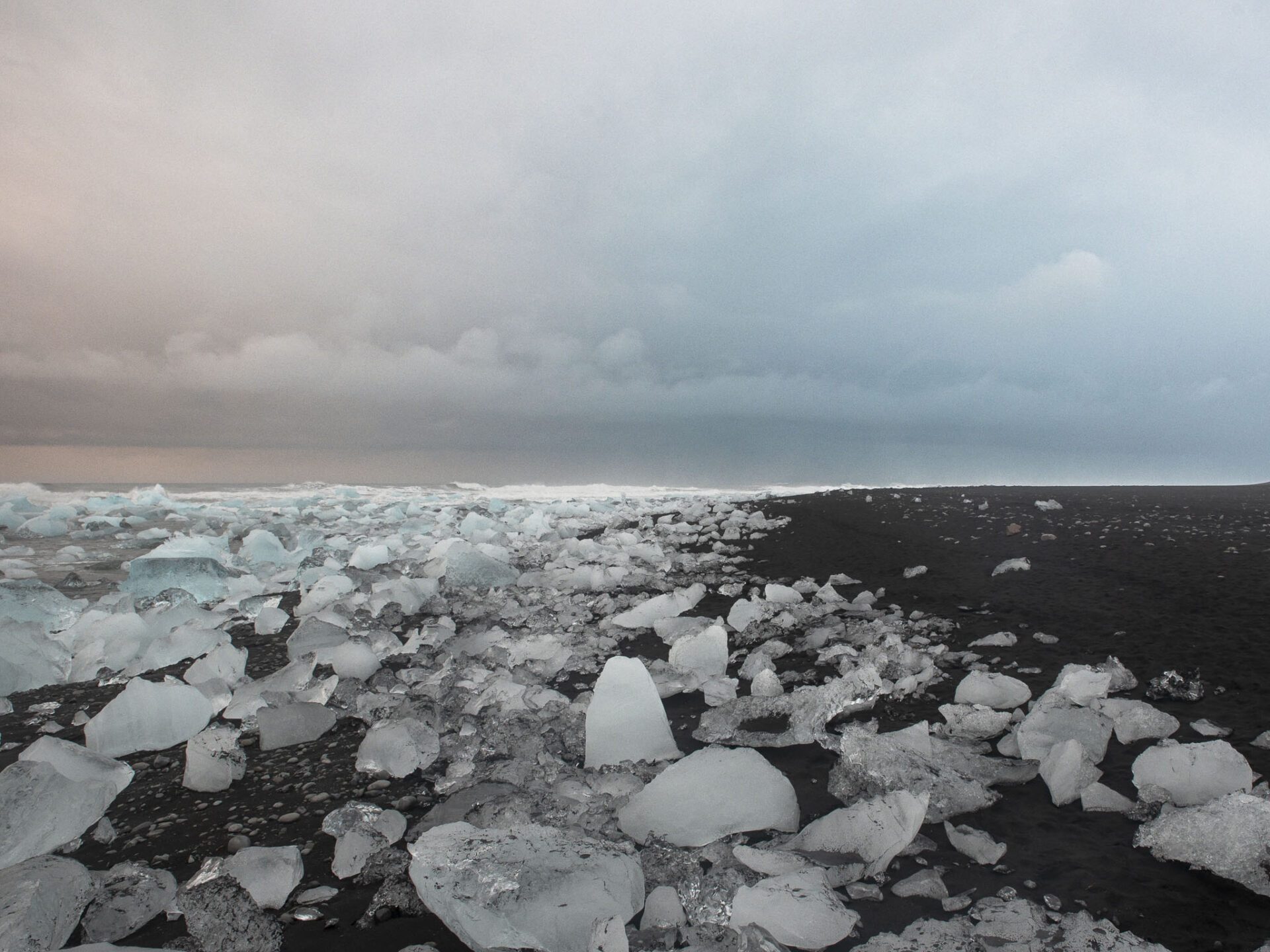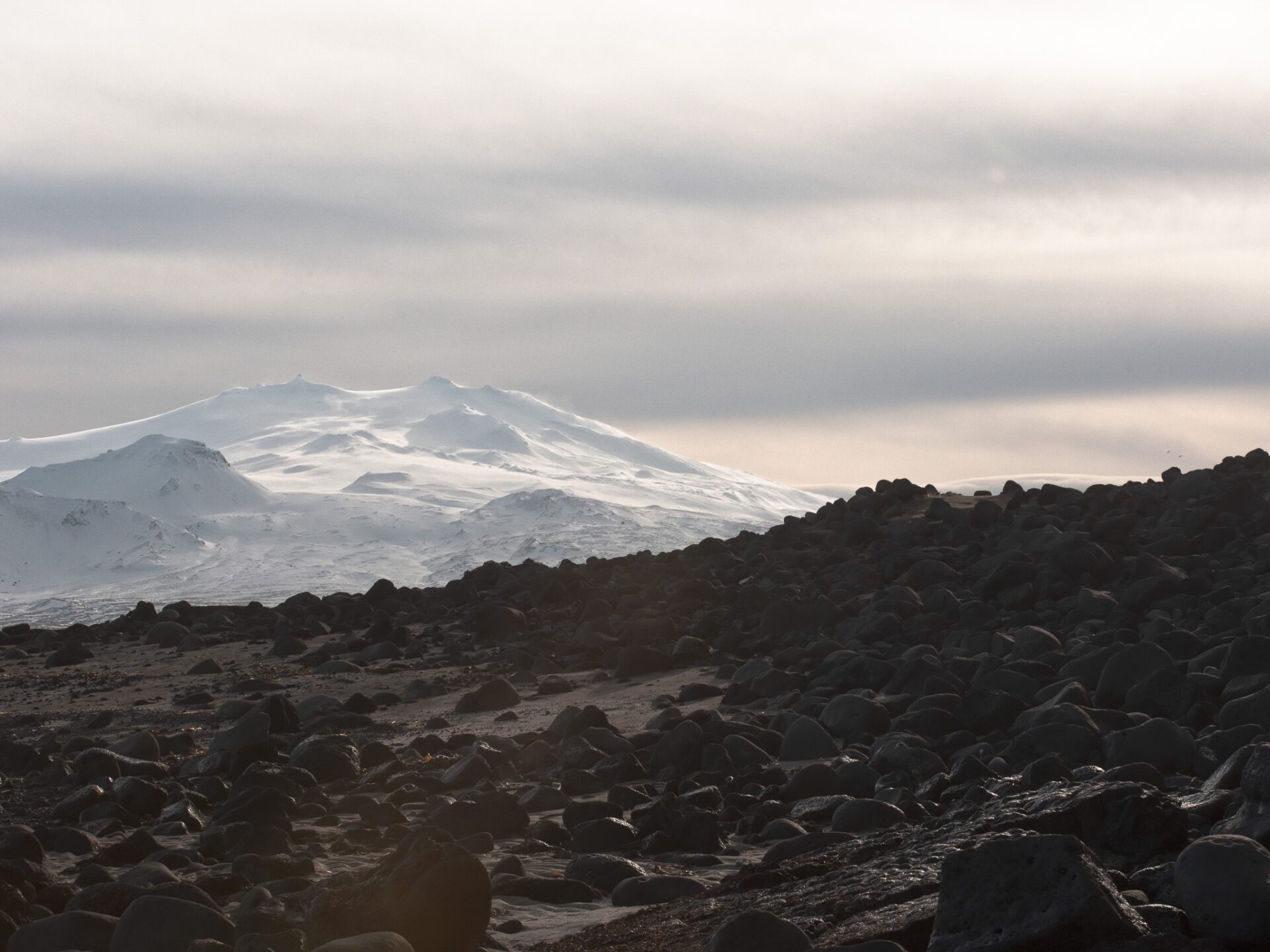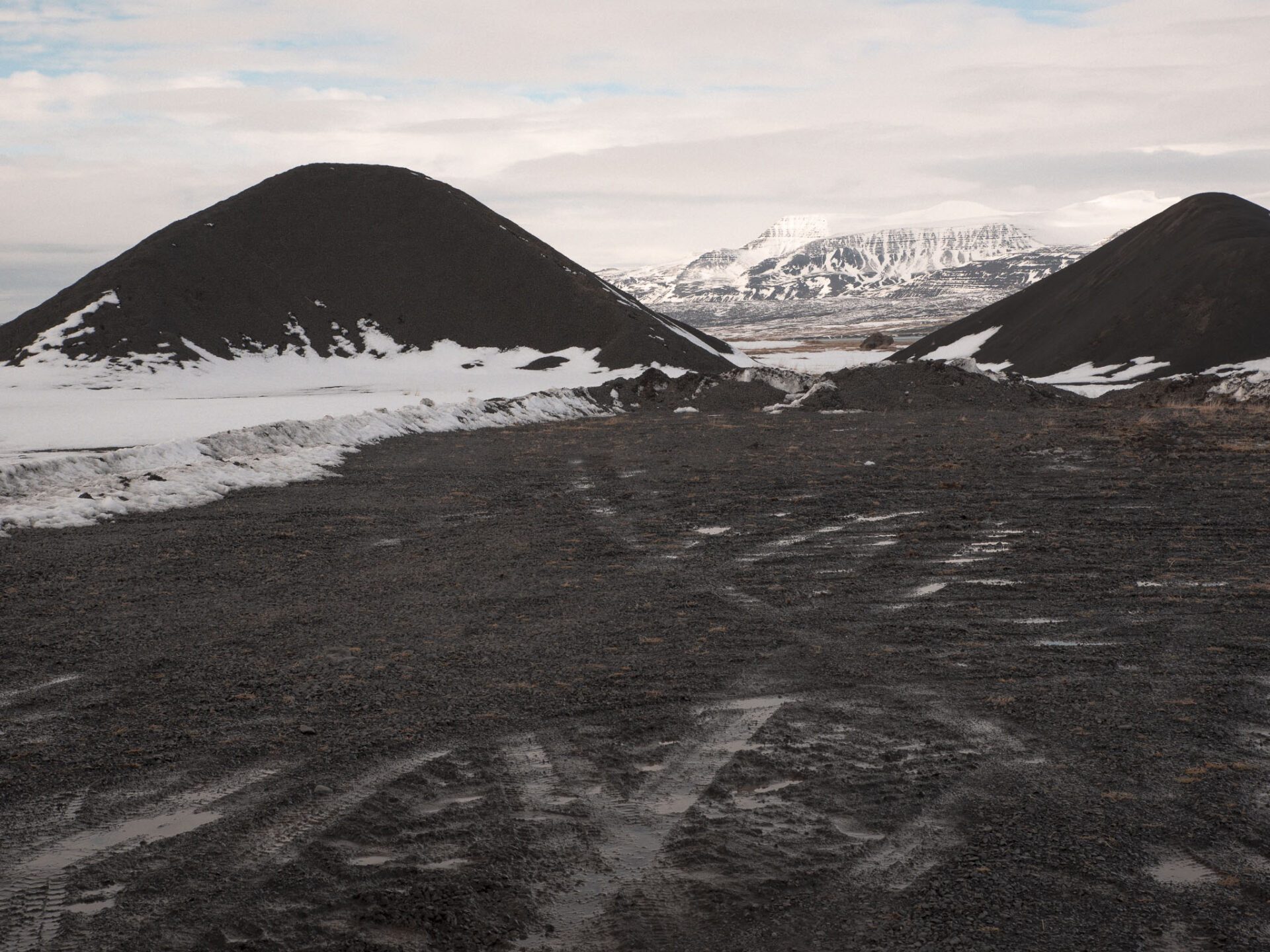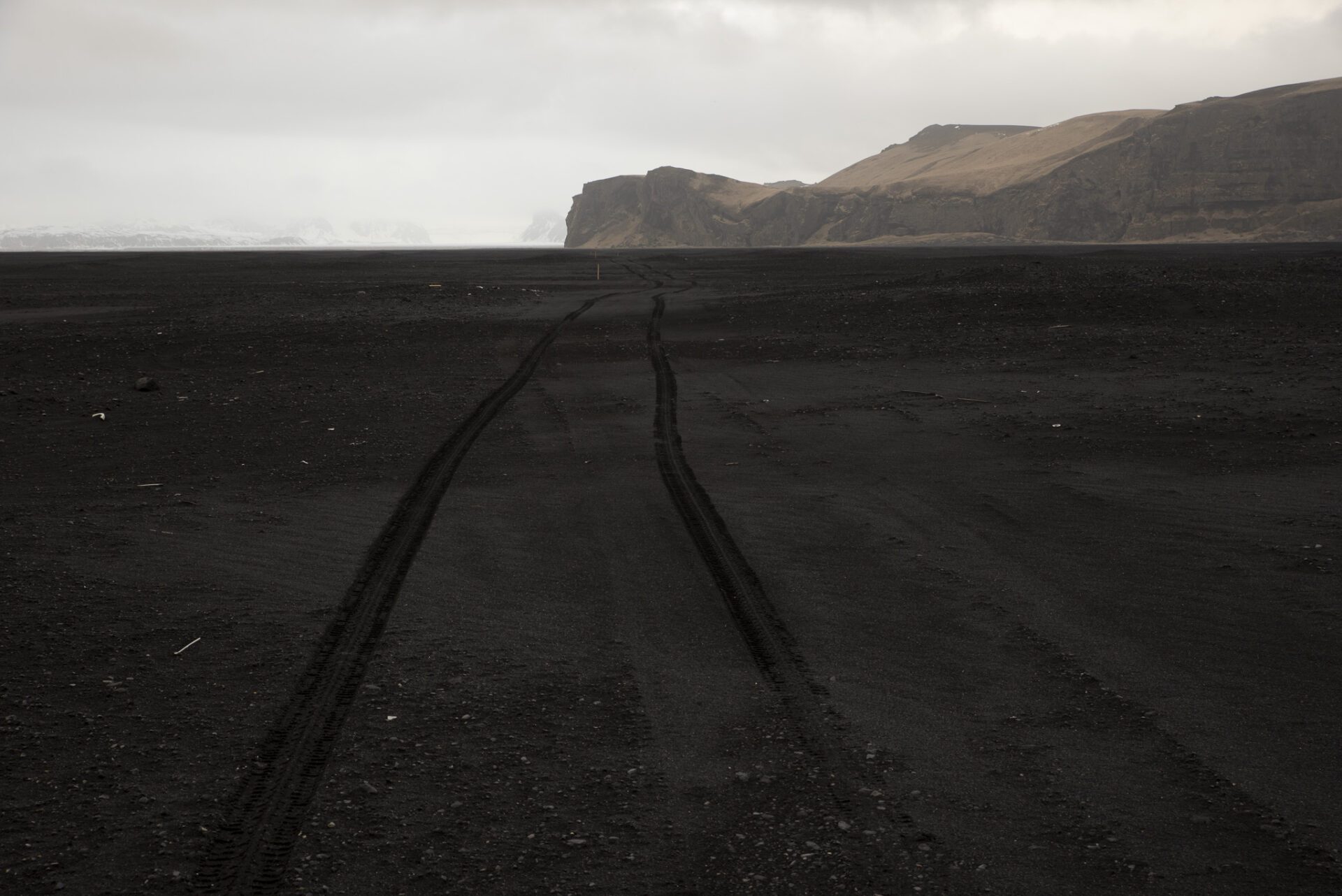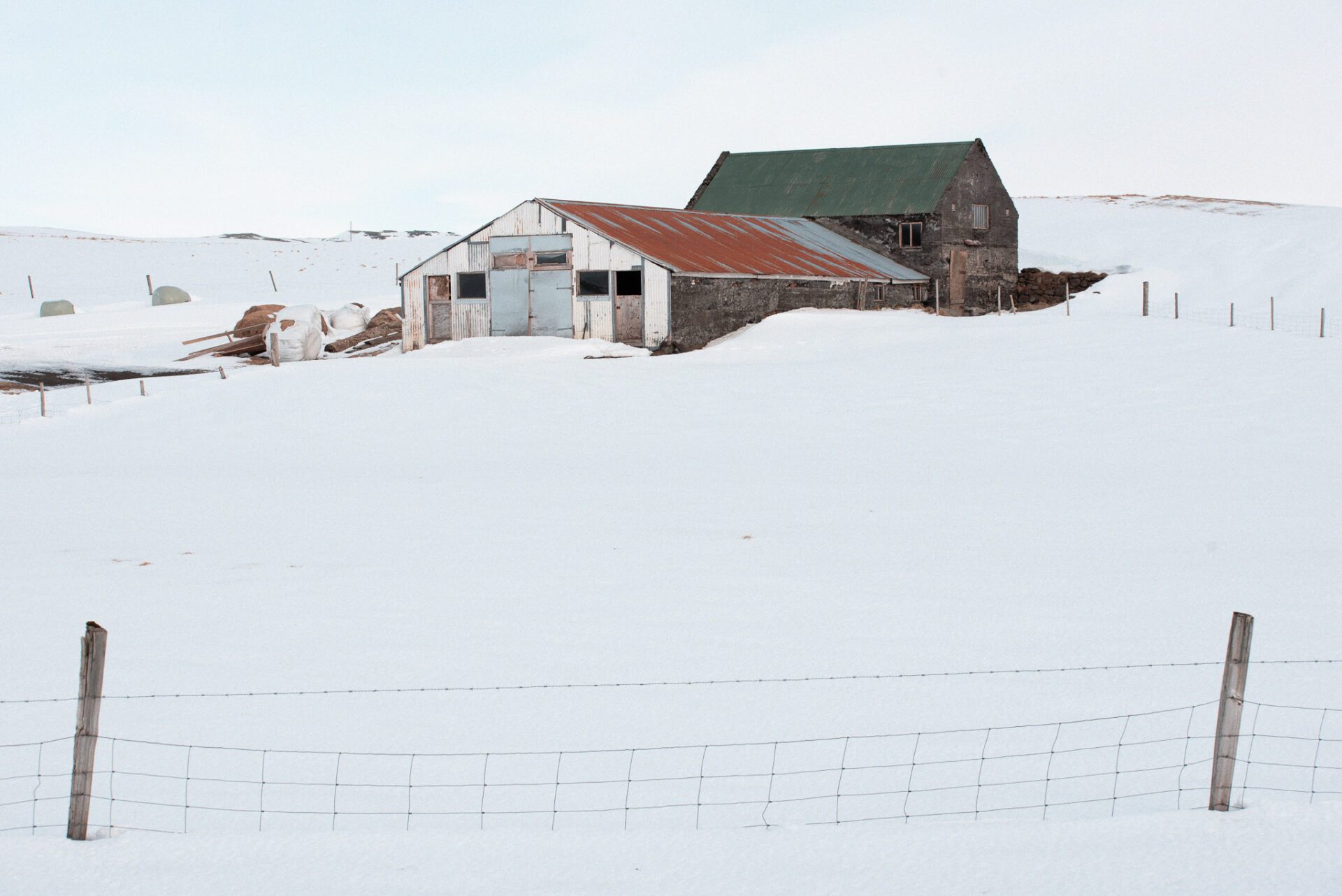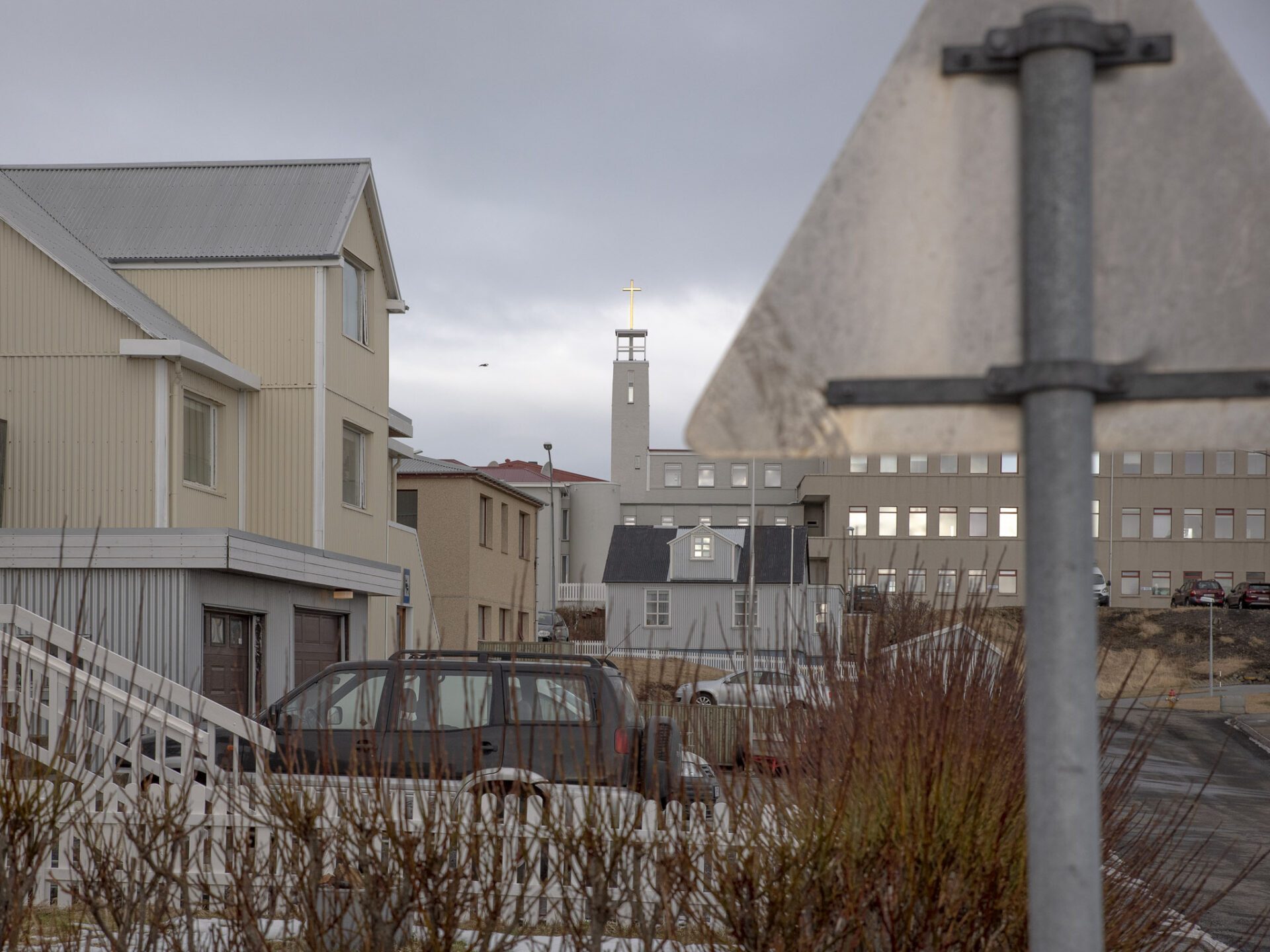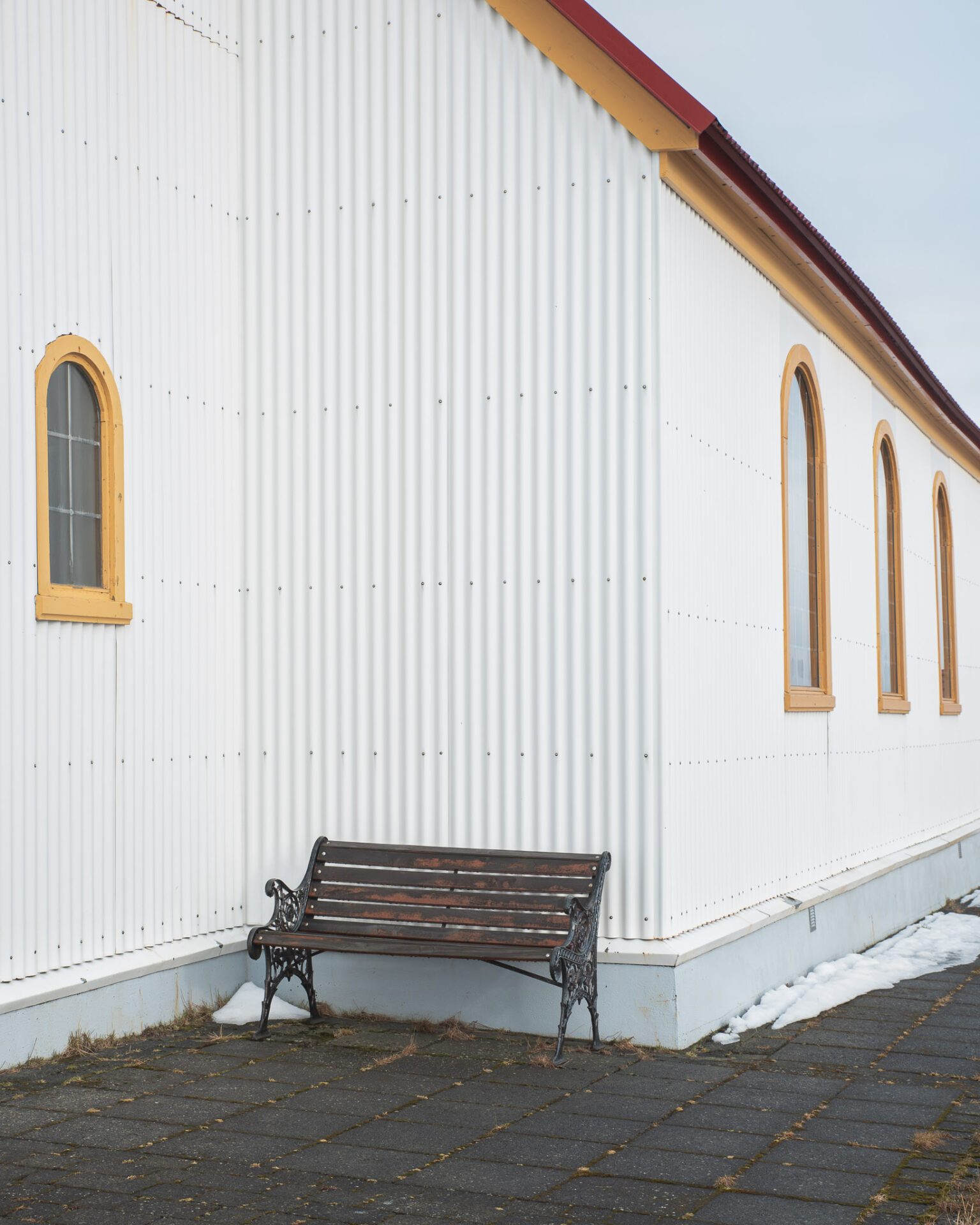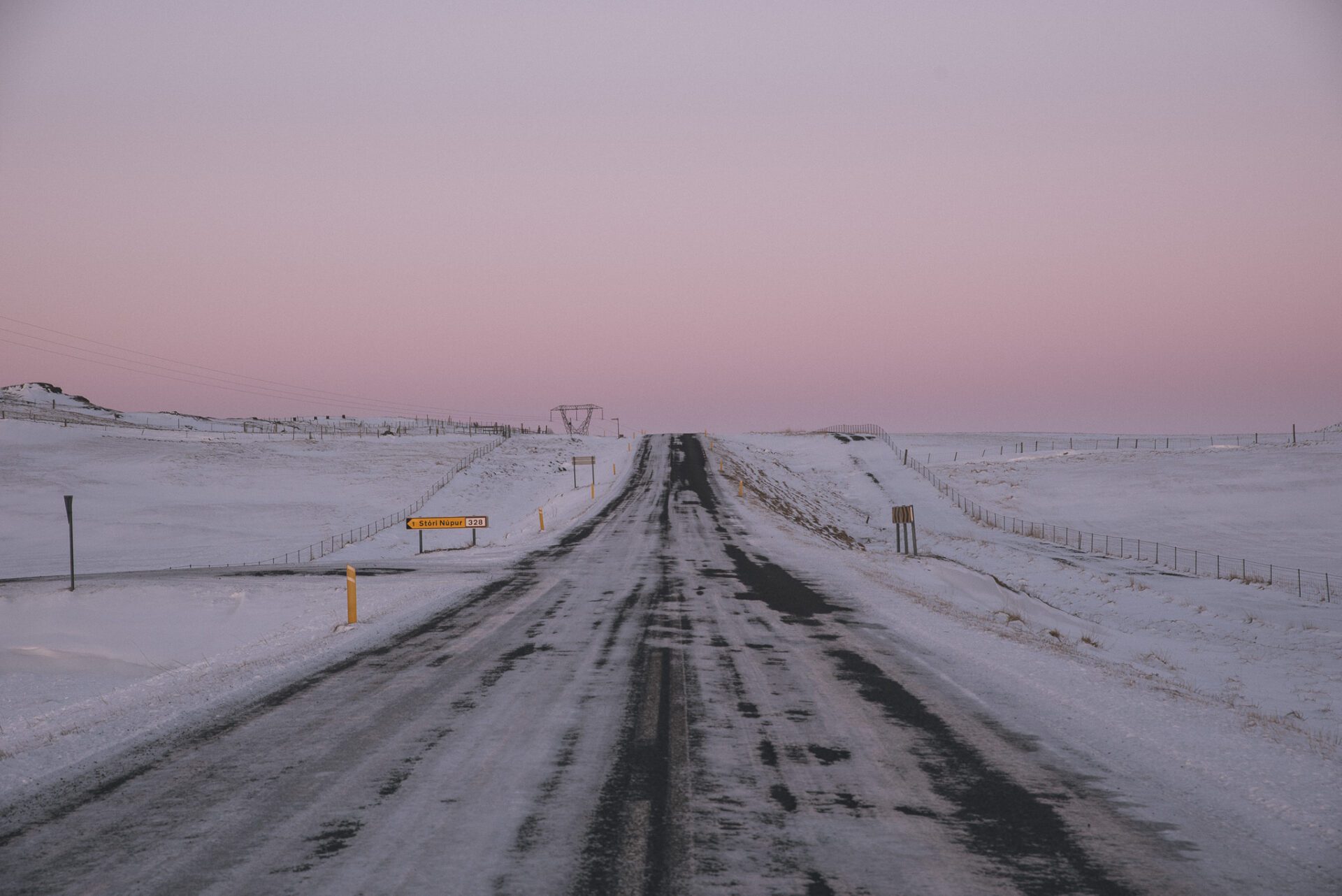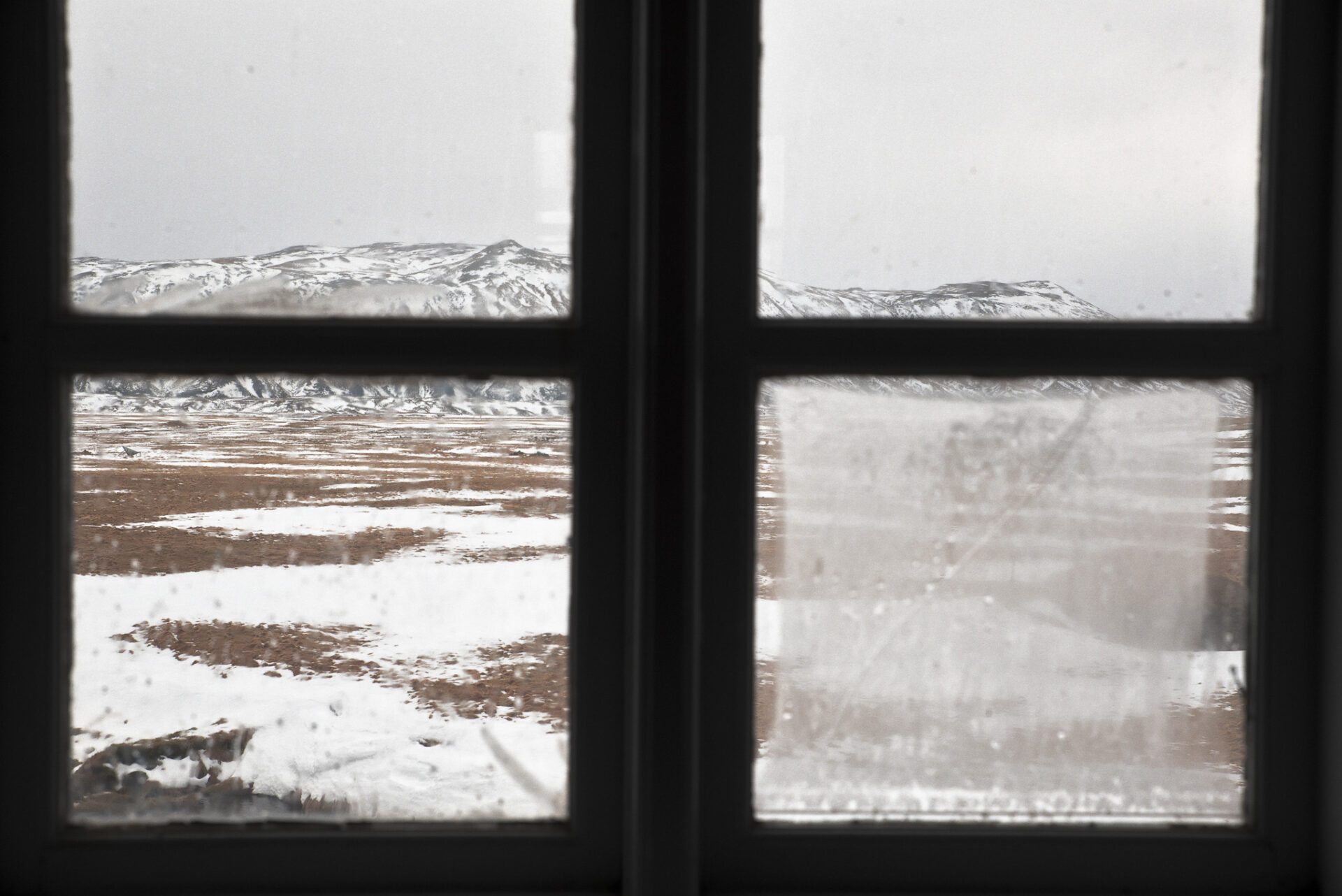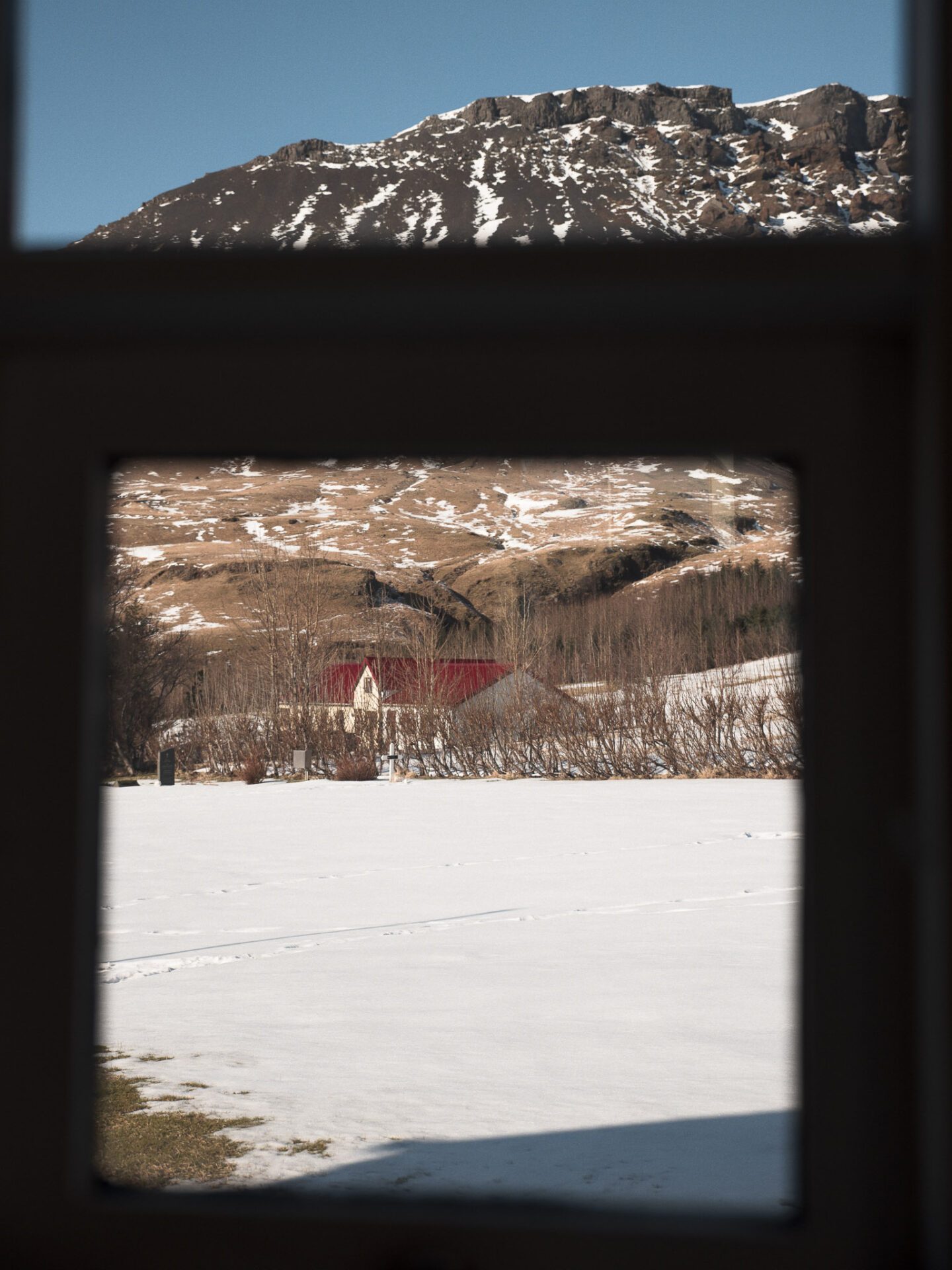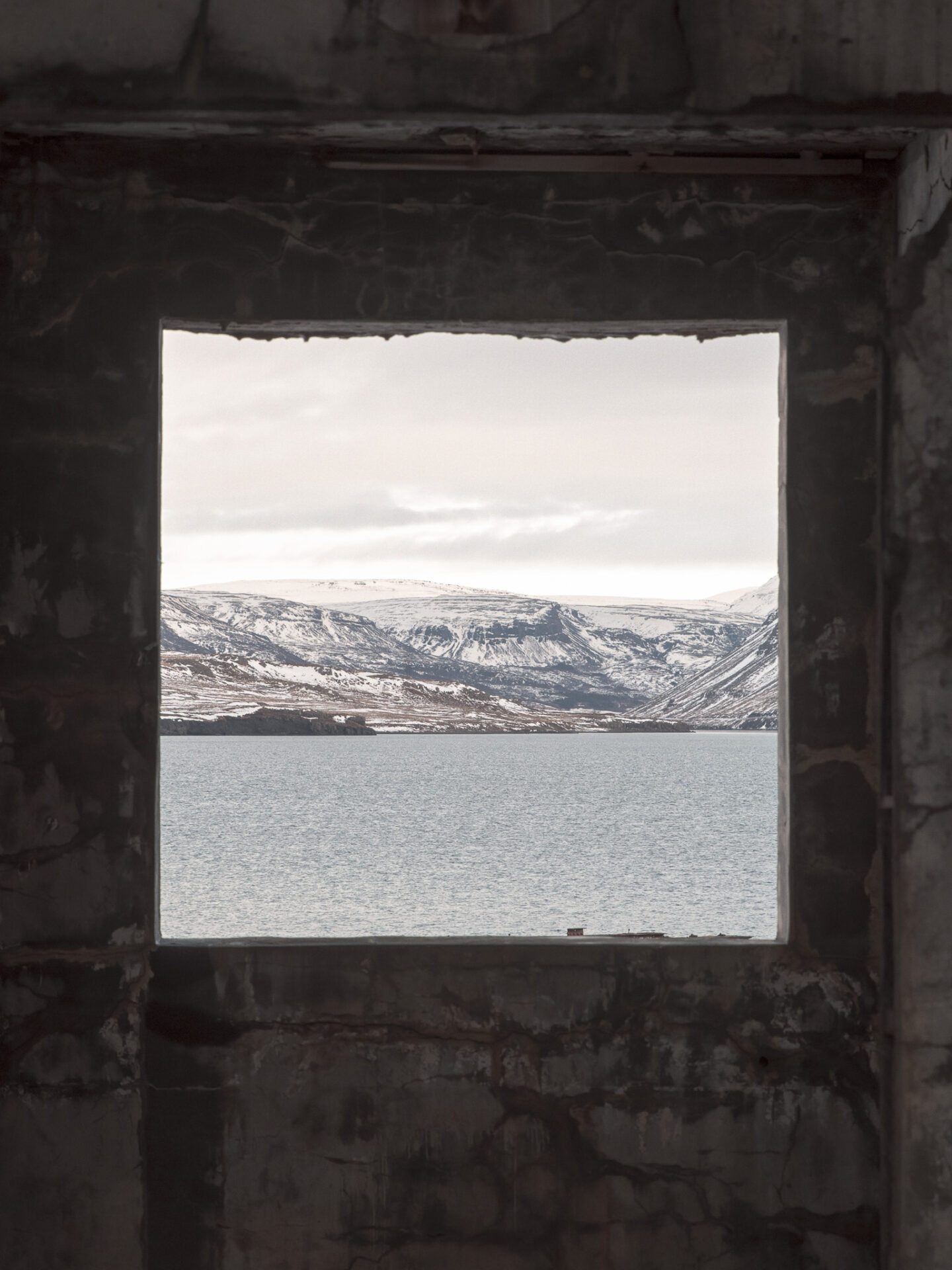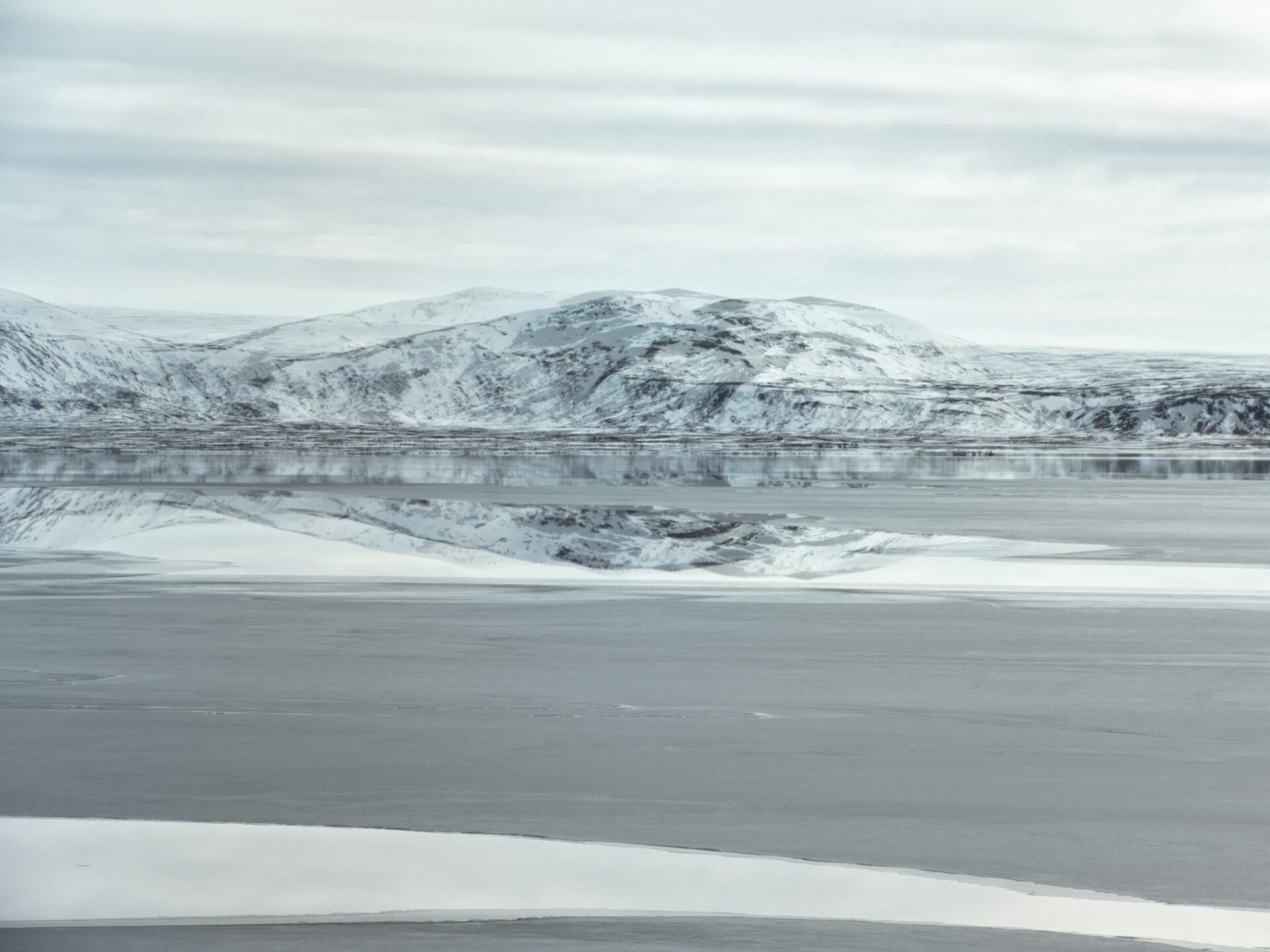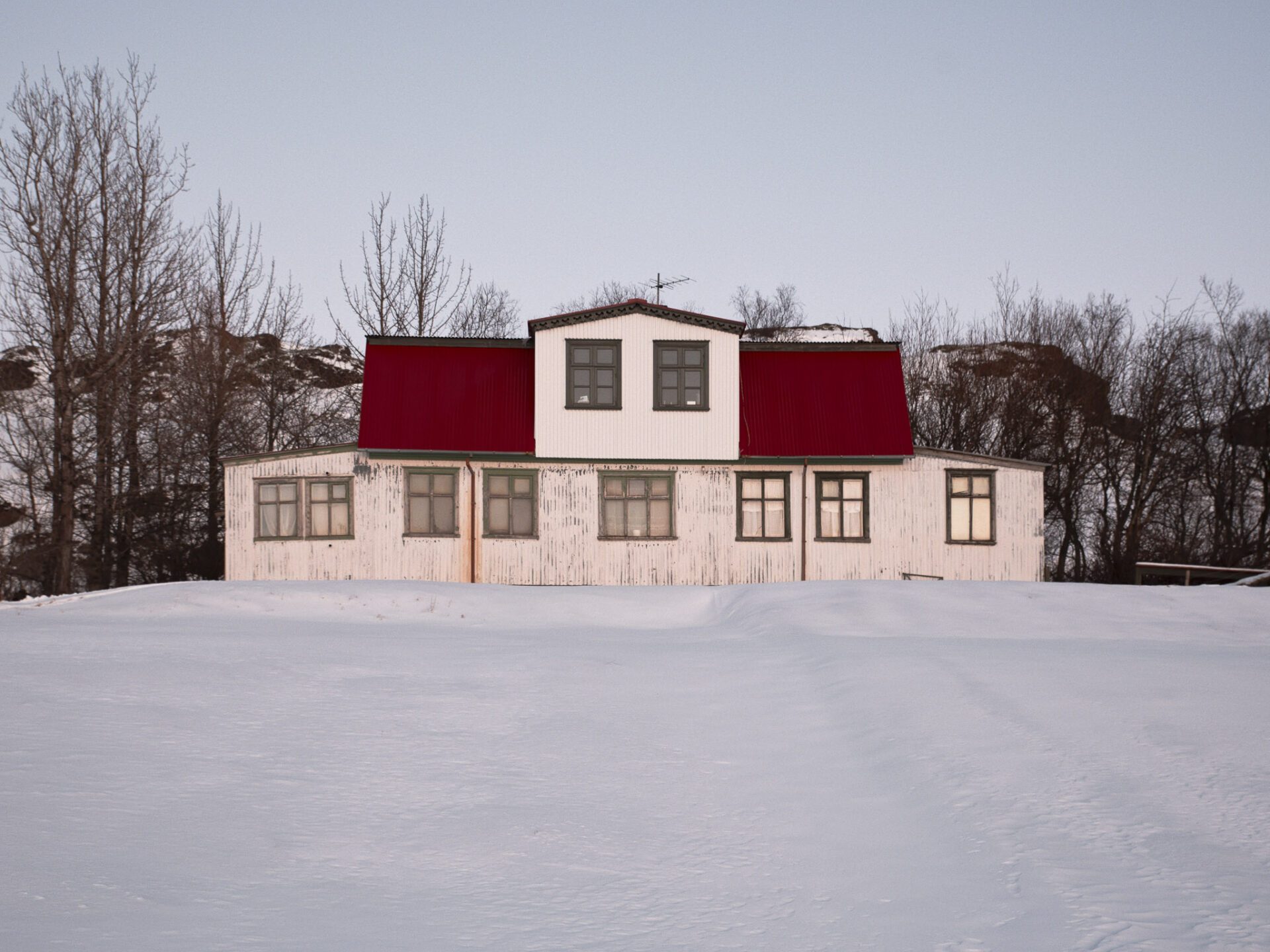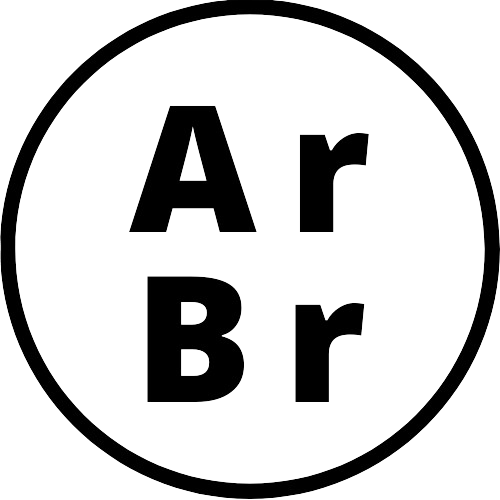VERNACULAR ICELAND
Architecture of Iceland, Popularly known as the ‘Land of Fire and Ice’, Iceland is an island country where one can experience landscape that foster volcanoes and glaciers at the same time. This presence of two wonders of nature on the same piece of land makes Iceland a global hotspot for awe-inspiring sceneries and an abundance of cinematic backdrops.
But sceneries are only the tip of the iceberg of things Iceland has to offer, for it is known for a lot of other unique things – one of which is its remarkable vernacular architecture.
Iceland’s traditional architecture is derived from various Scandinavian influences. The country has a history of being ruled by Vikings between the 9th and 13th centuries. The Viking chieftains had established a form of governance known as the ‘Althing’, and for the same reason, Iceland is known to be one of the oldest parliaments in the world.
Along with establishing a civic structure, the Vikings had a strong influence in shaping the vernacular architecture of the country as well – they turned the Viking longhouses into turf houses in Iceland. They were responsible for cutting down the birch trees present on Iceland’s landscape as a part of establishing a civilization, and hence depriving the country of its natural forests.
Iceland’s traditional architecture was dominated by the presence of Turf houses but there were other structures as well that were a part of Iceland’s architectural heritage.
When Christianity arrived in Iceland during 1000 AD, numerous churches began to be erected all over the country. A majority of these churches were again built-in Turf but a few of them were also built out of timber-frames. As time succeeded, stone was also used as a building material in churches as well as other structures. Icelandic Stone made way into the architecture of Iceland during the 18th century but it required remarkable craftsmanship – this made it expensive and thus was only used to build official buildings in the country.
Later as urbanization reached the country, timber began to be imported in prefabricated forms for the construction of residential as well as commercial structures. These structures had high-pitched roofs and low walls to ensure that snow slid off the structure easily.
As Iceland moved towards independence from Denmark there was an implementation of Icelandic free trade. This led to diversity in the architecture of the country. Slowly and steadily, the changes took form as prefabricated houses and structures built in concrete and corrugated iron sheets. This shows how the country has allowed multiple influences to become a part of its architecture and turned it into a rich civilization.
